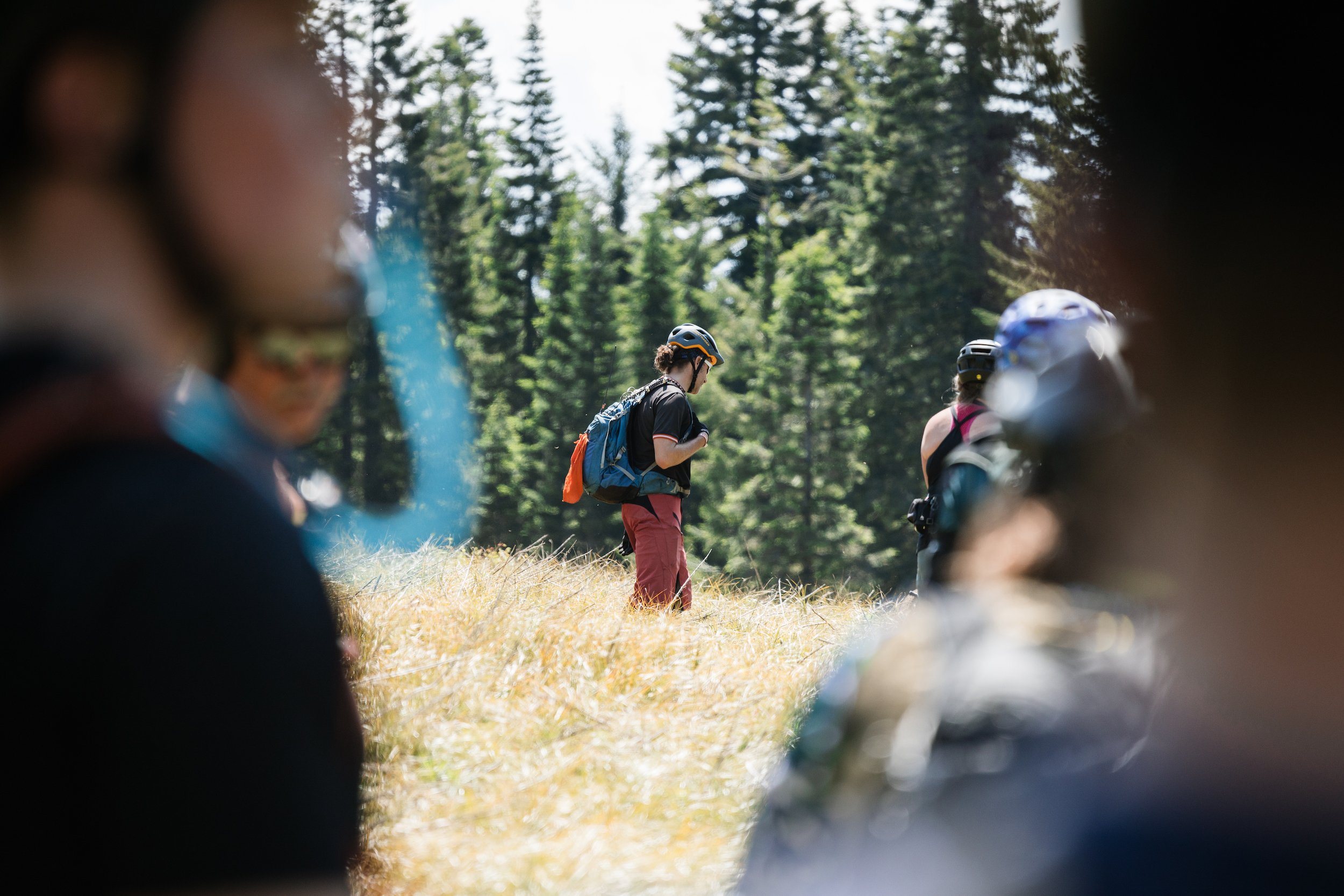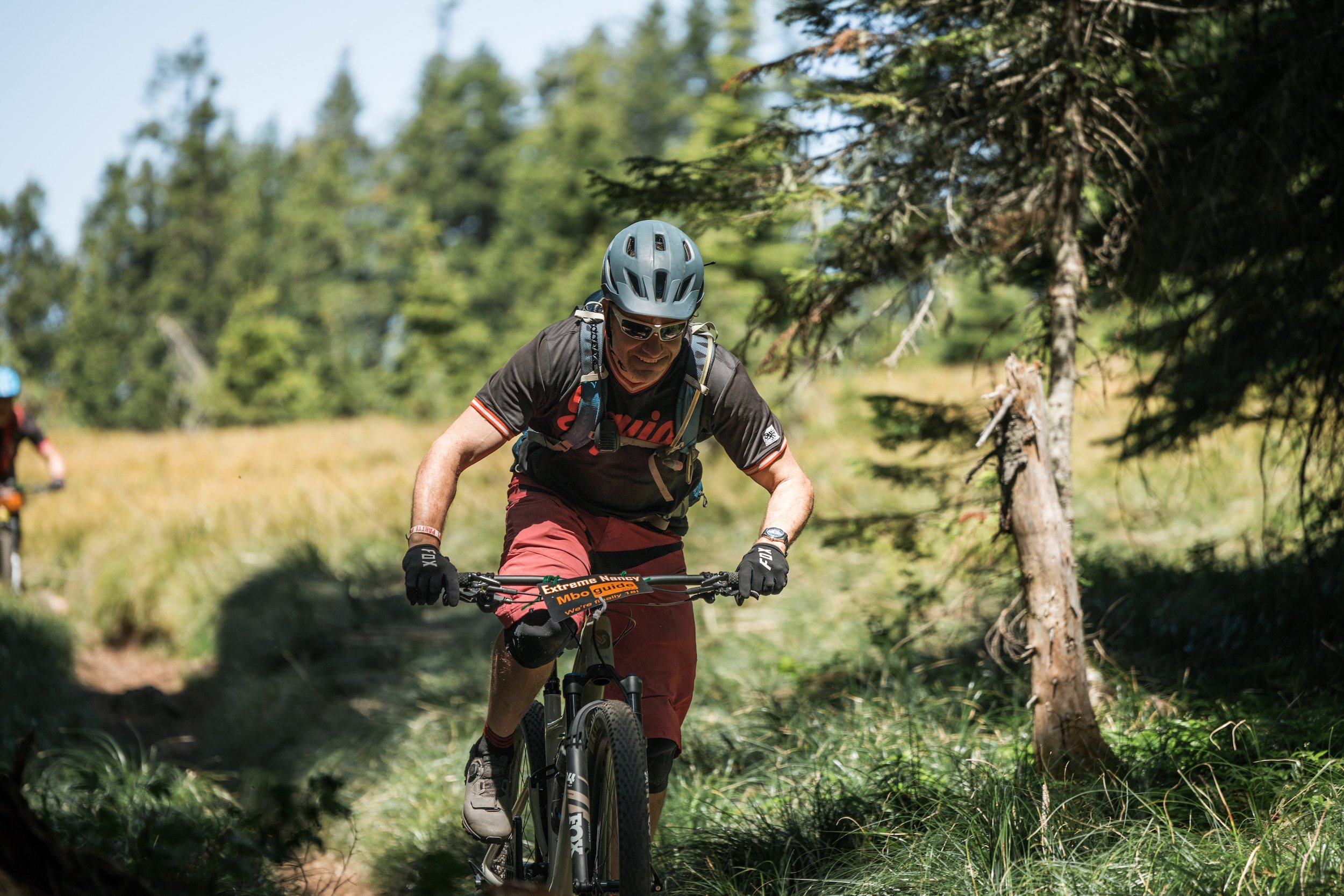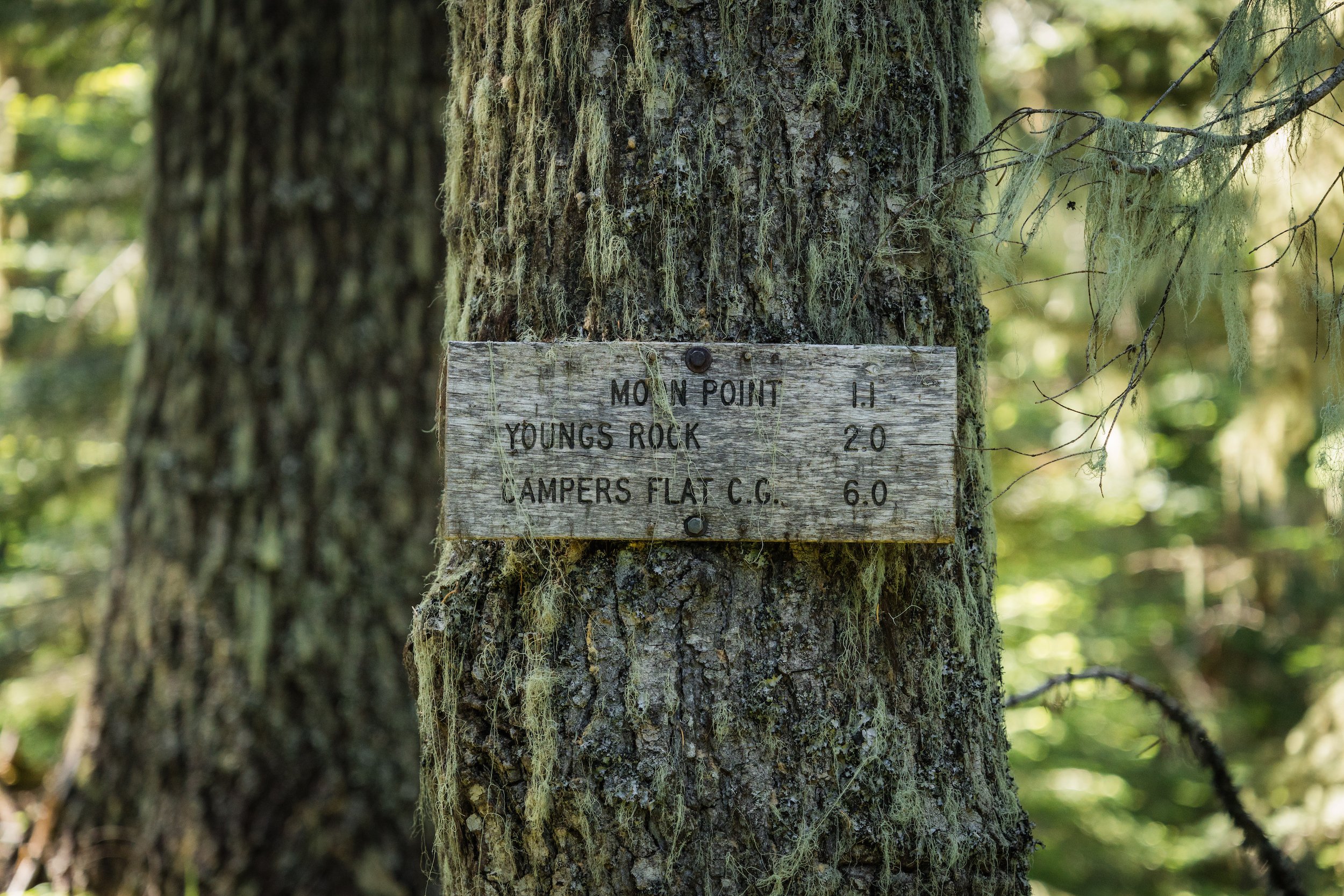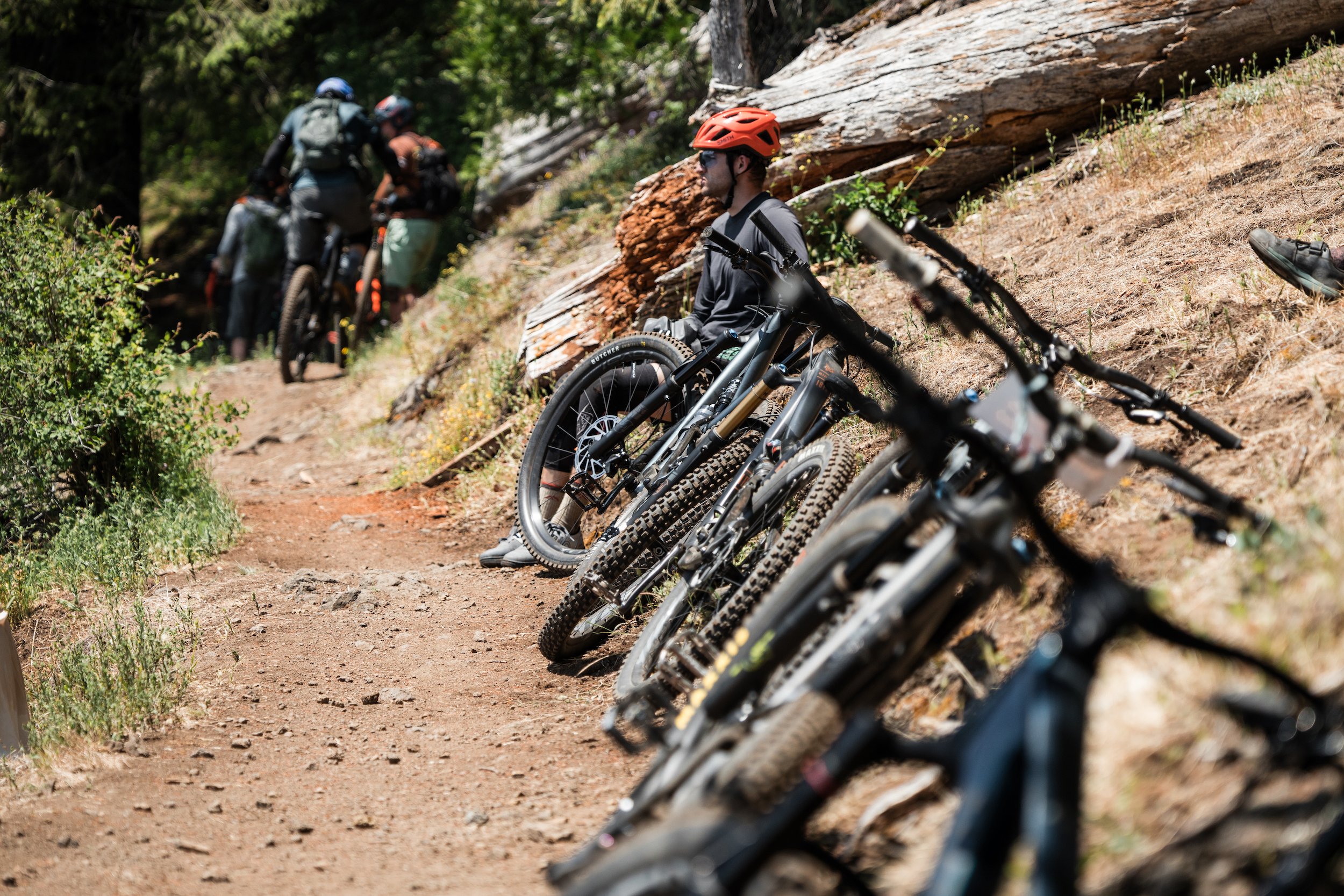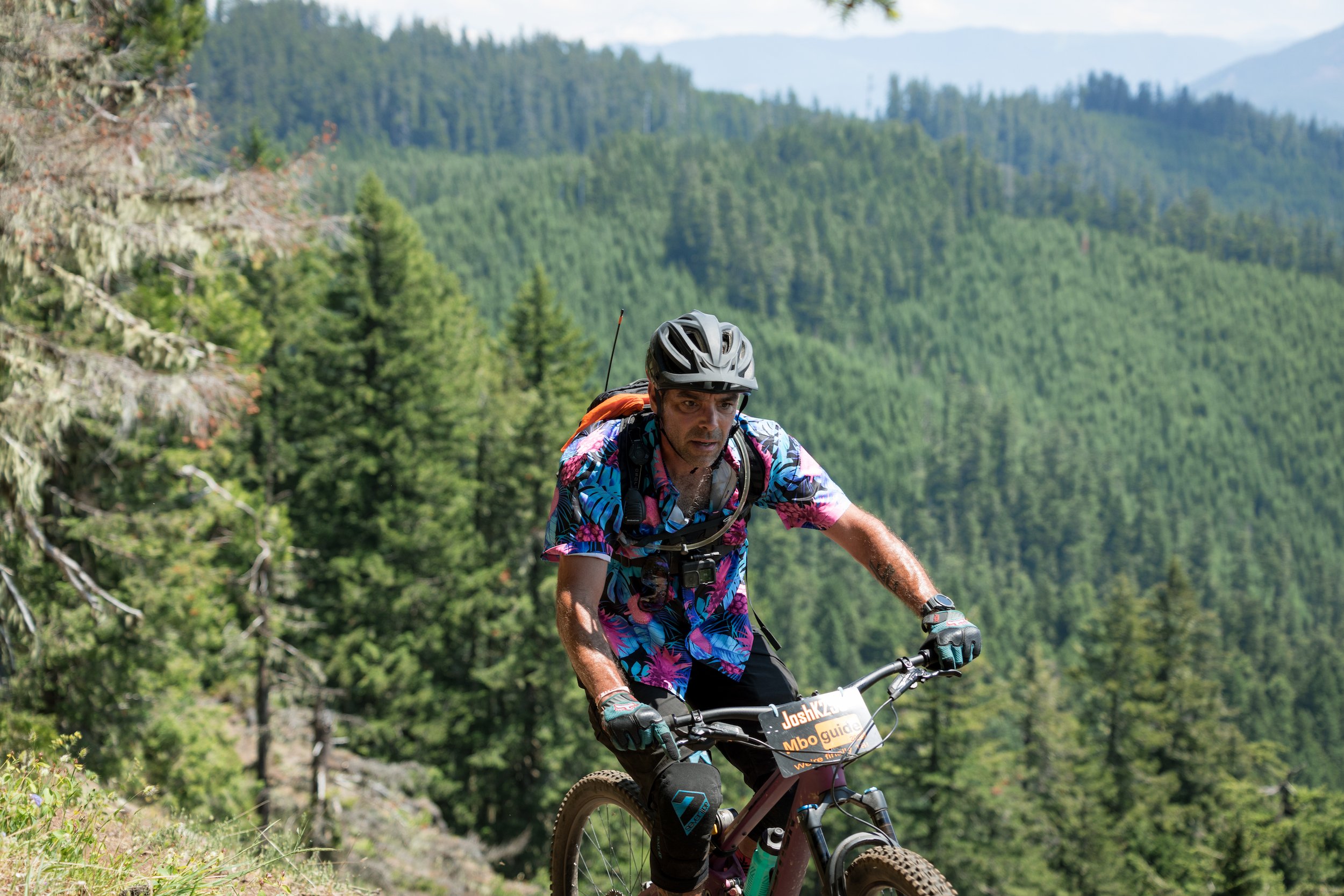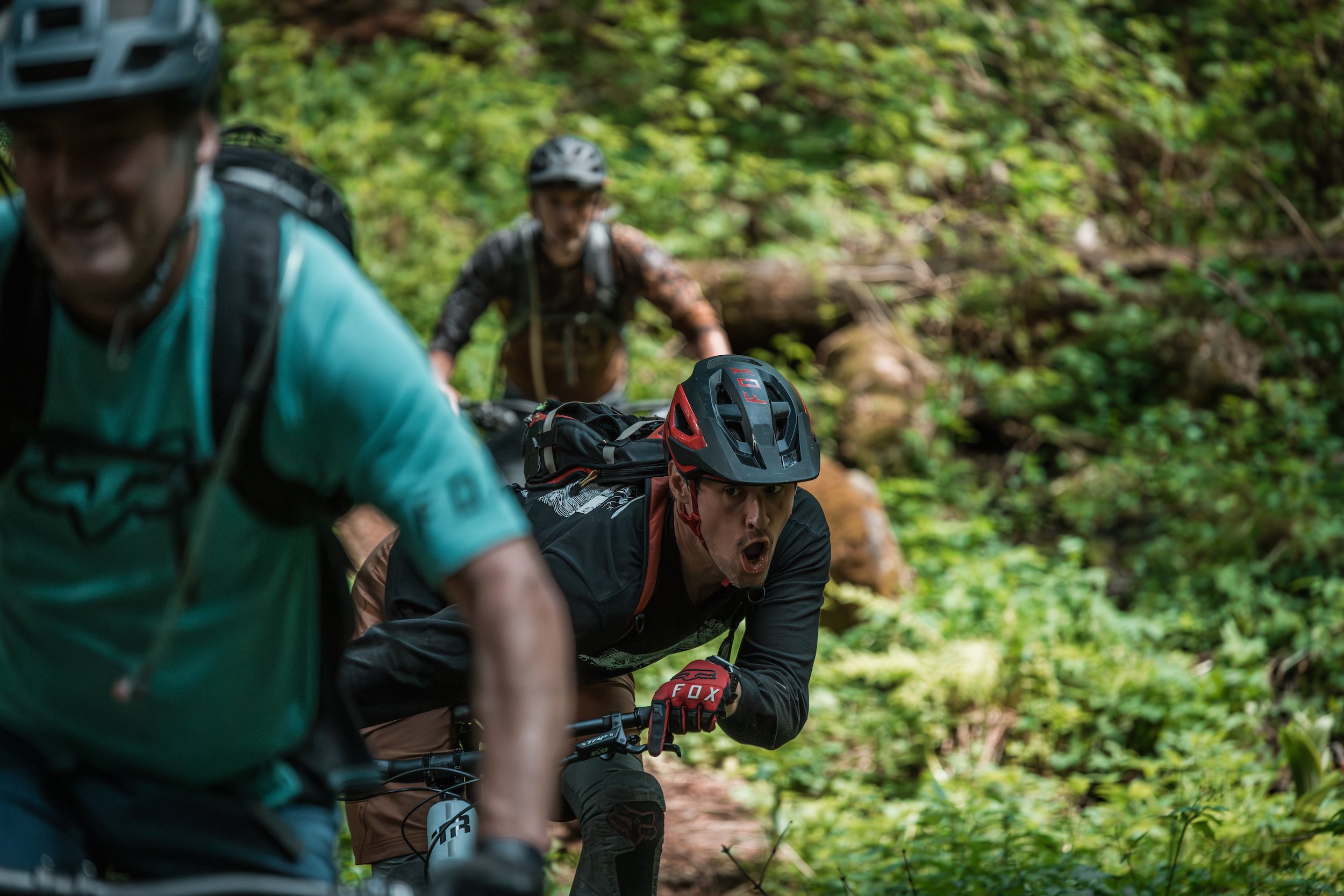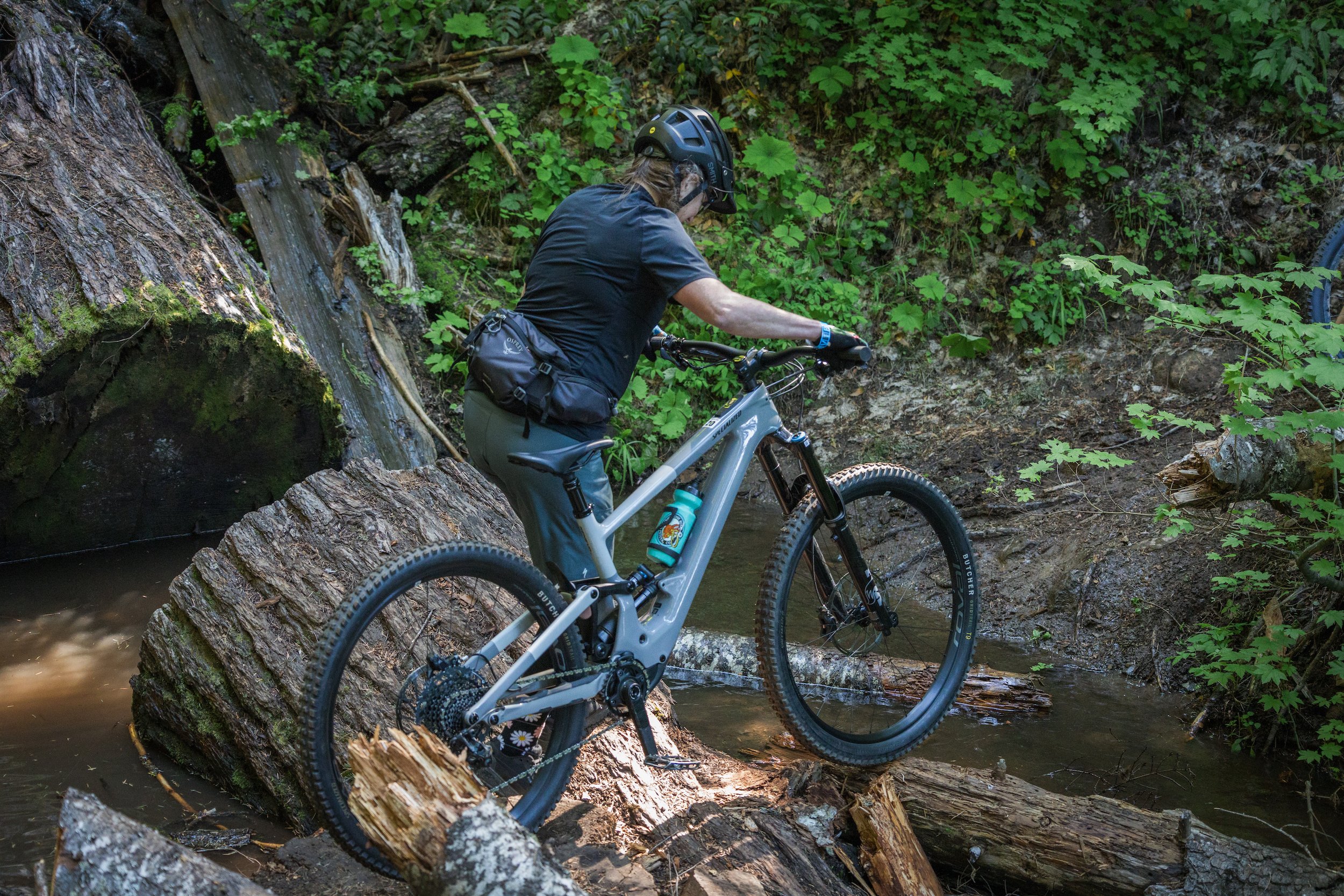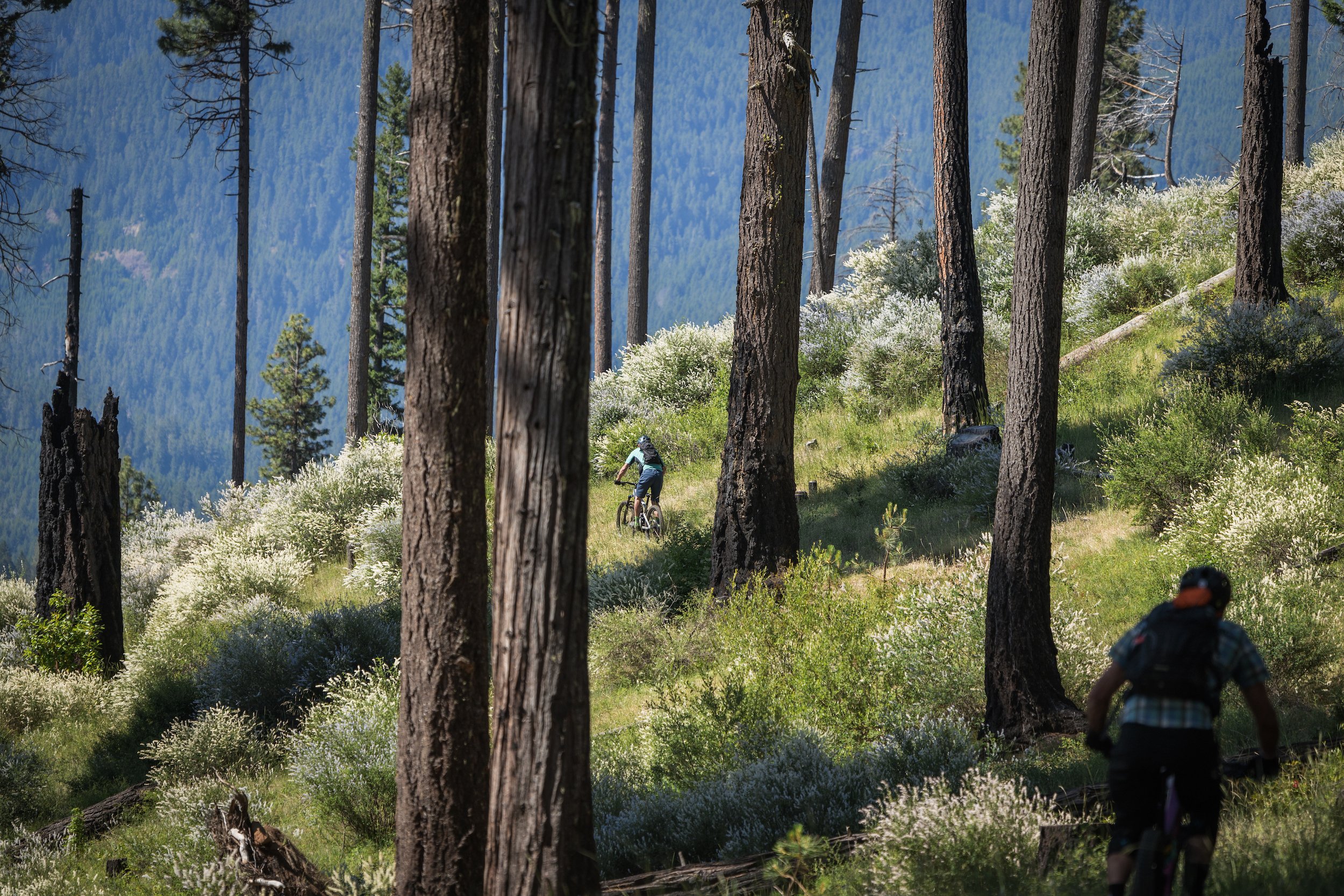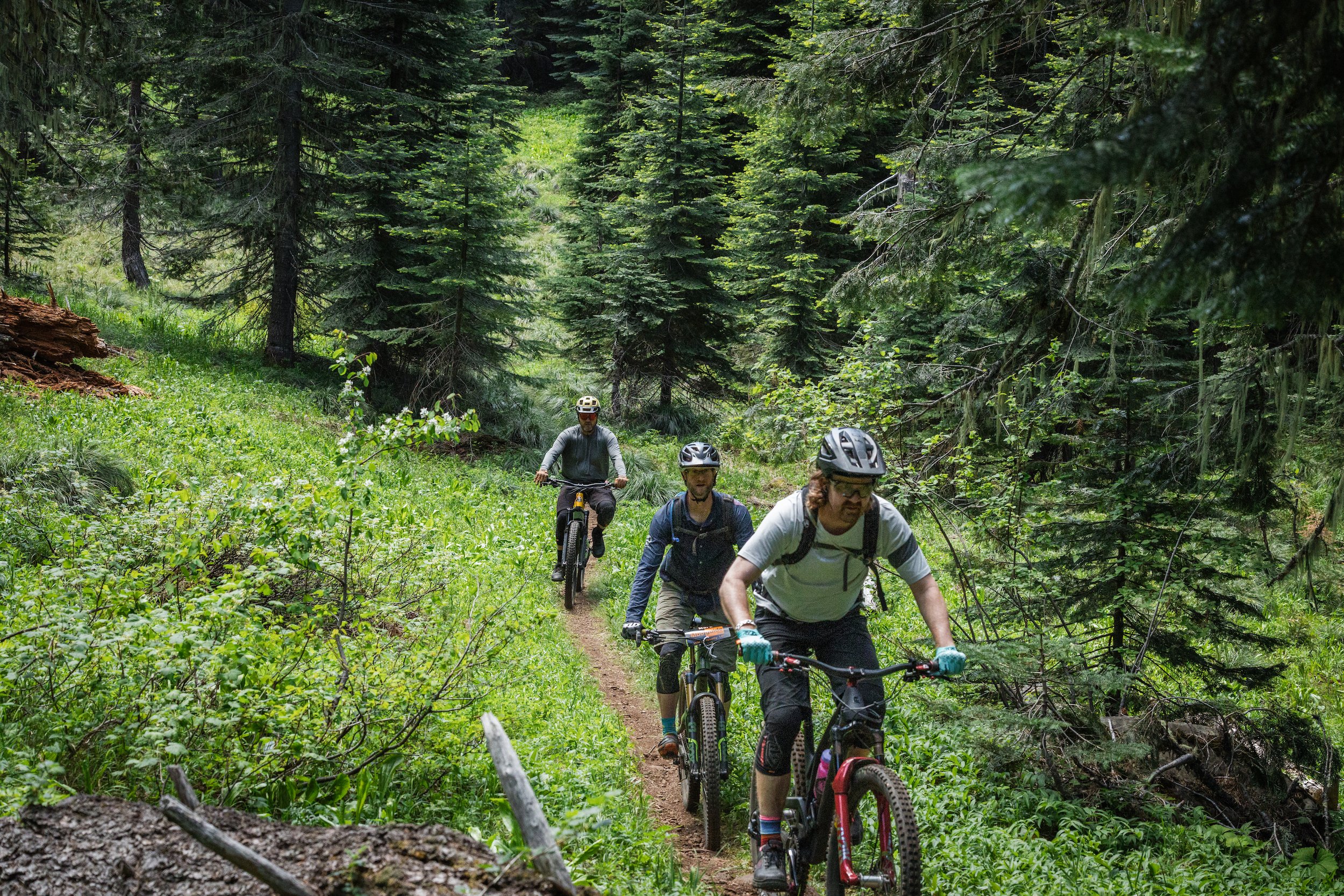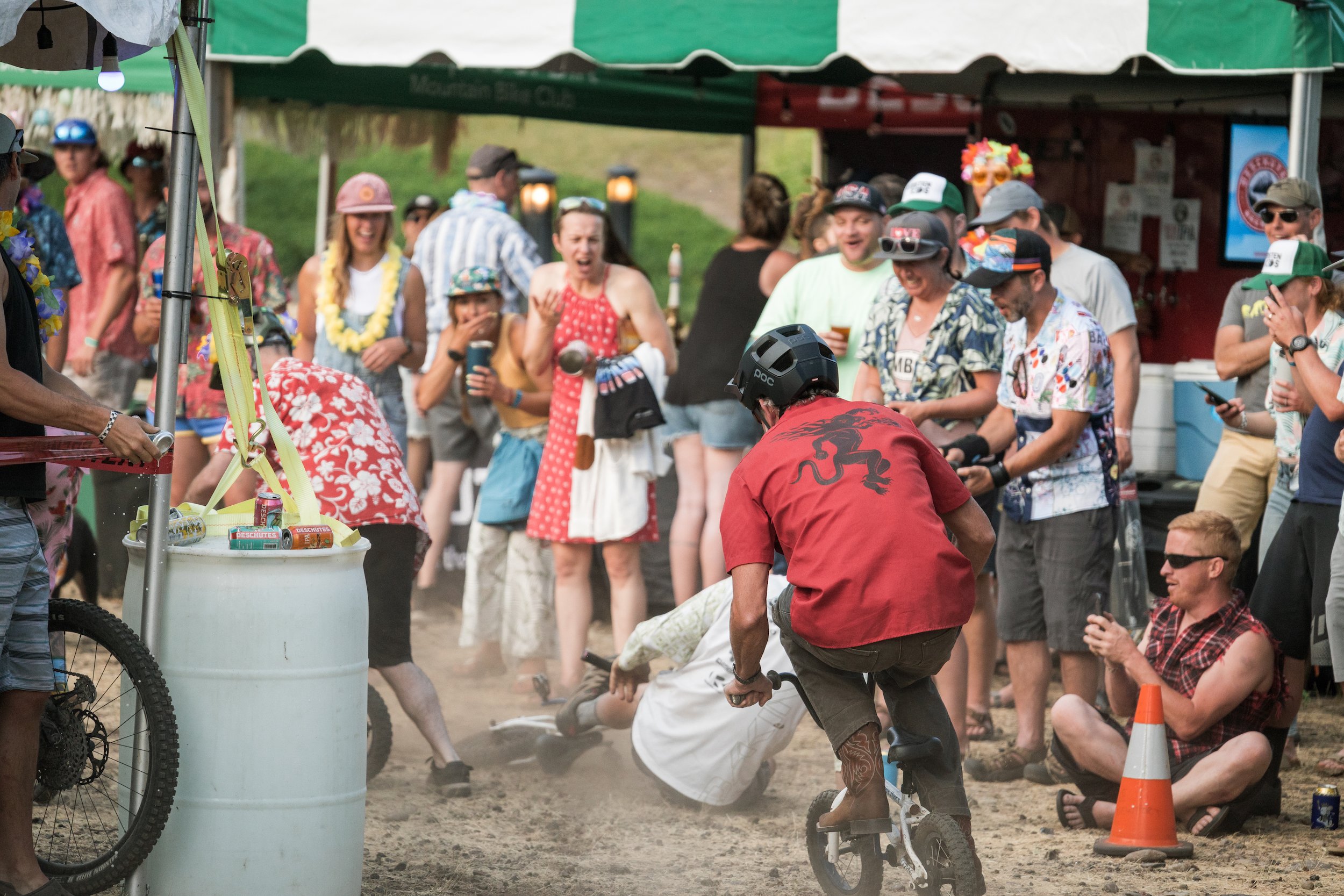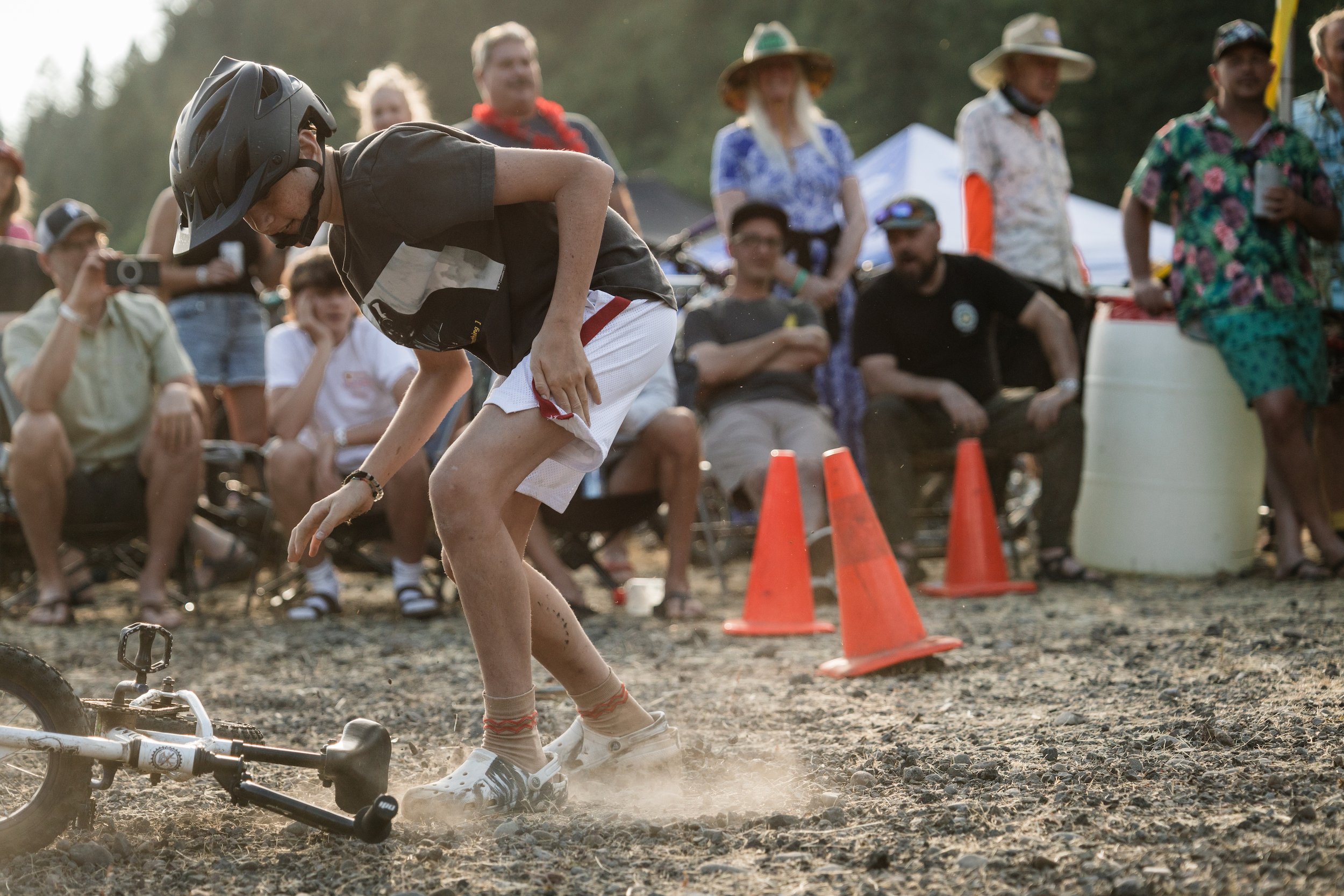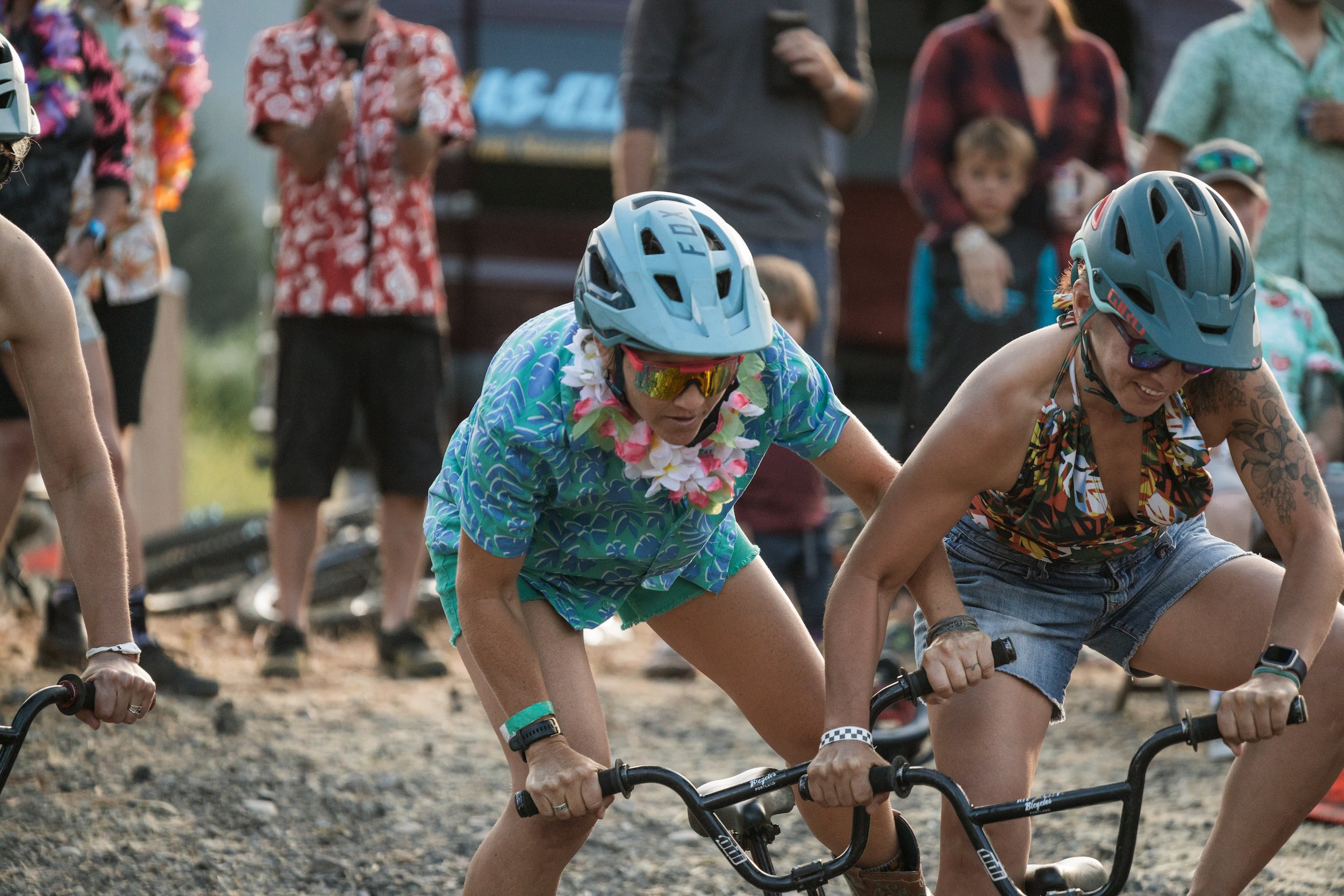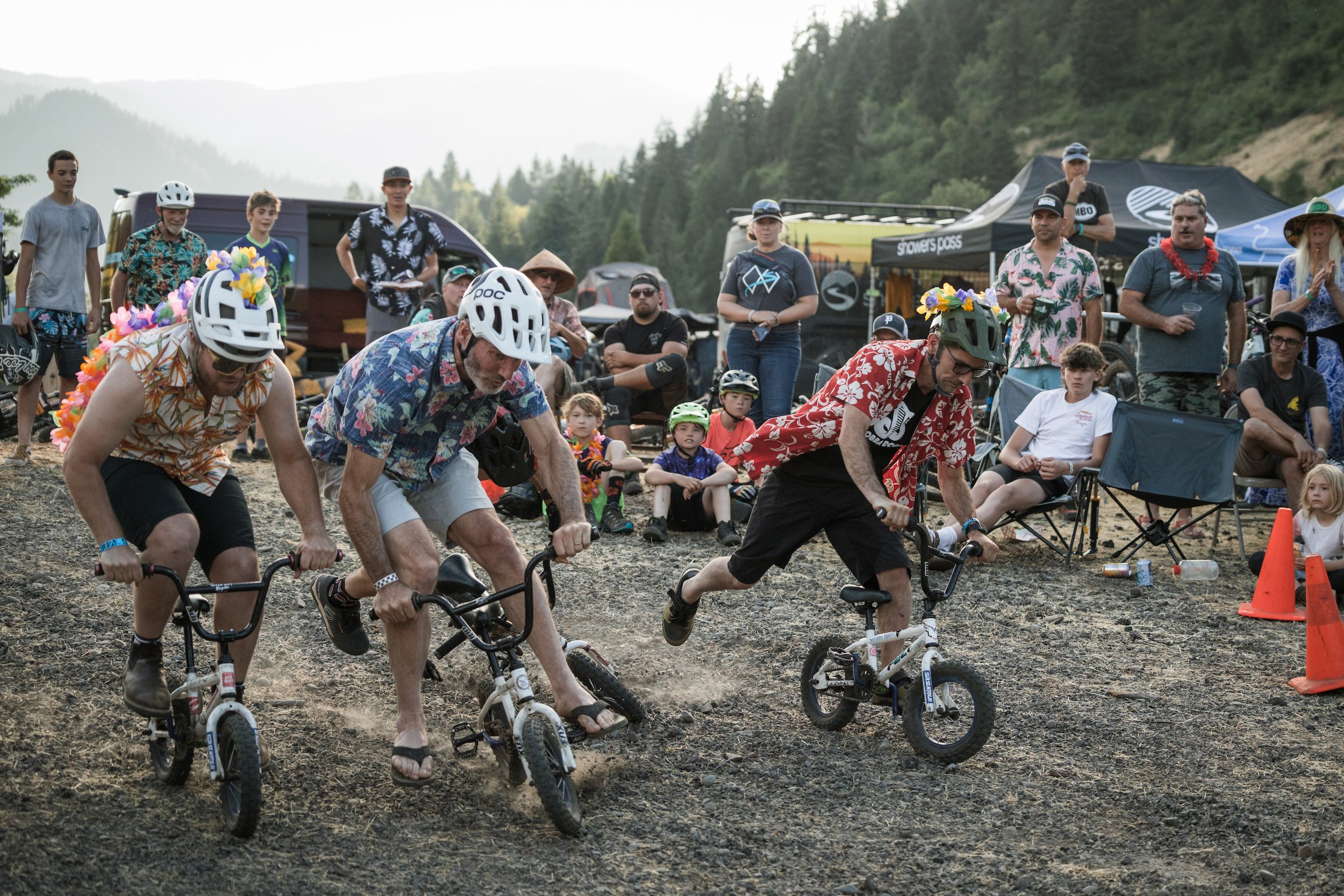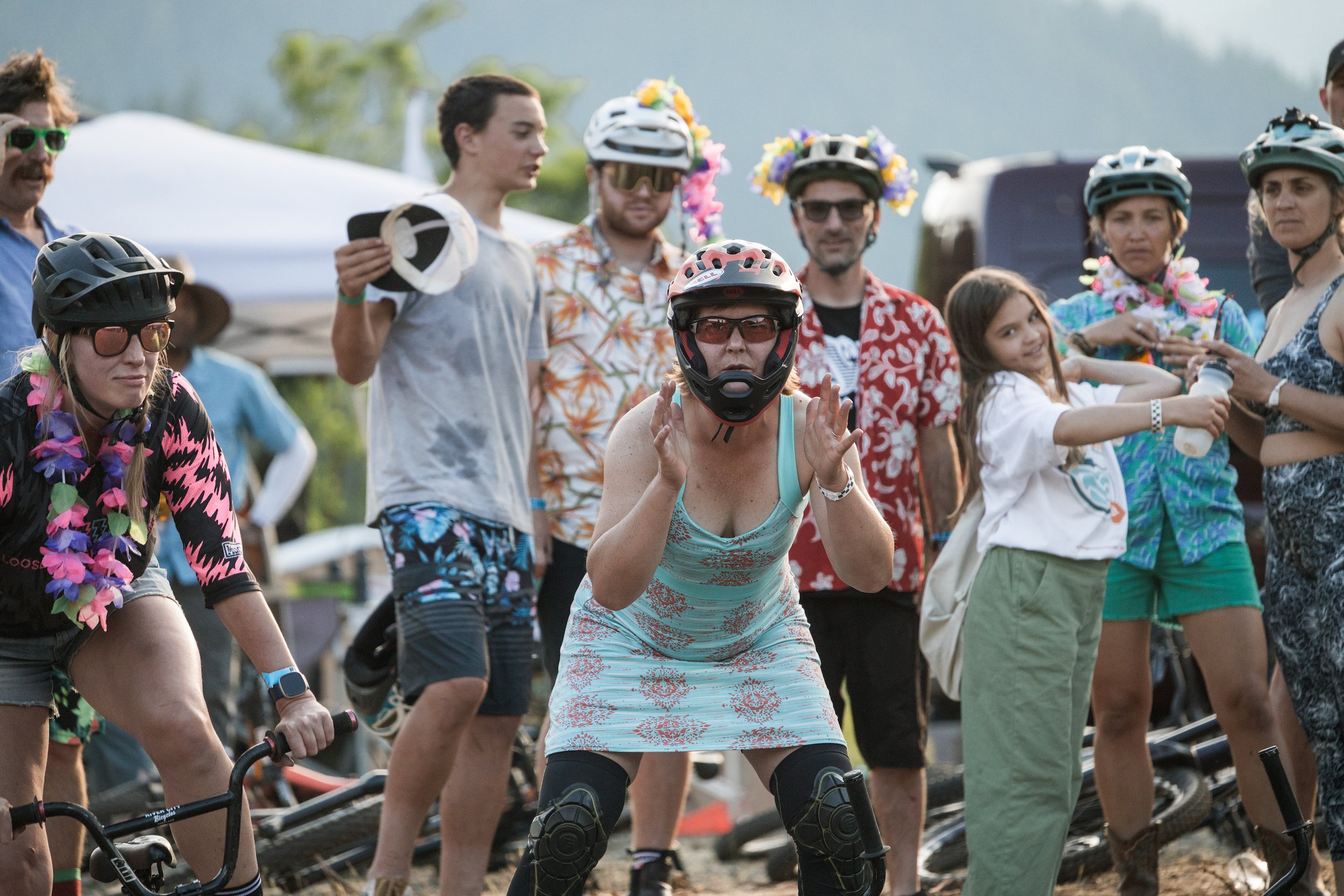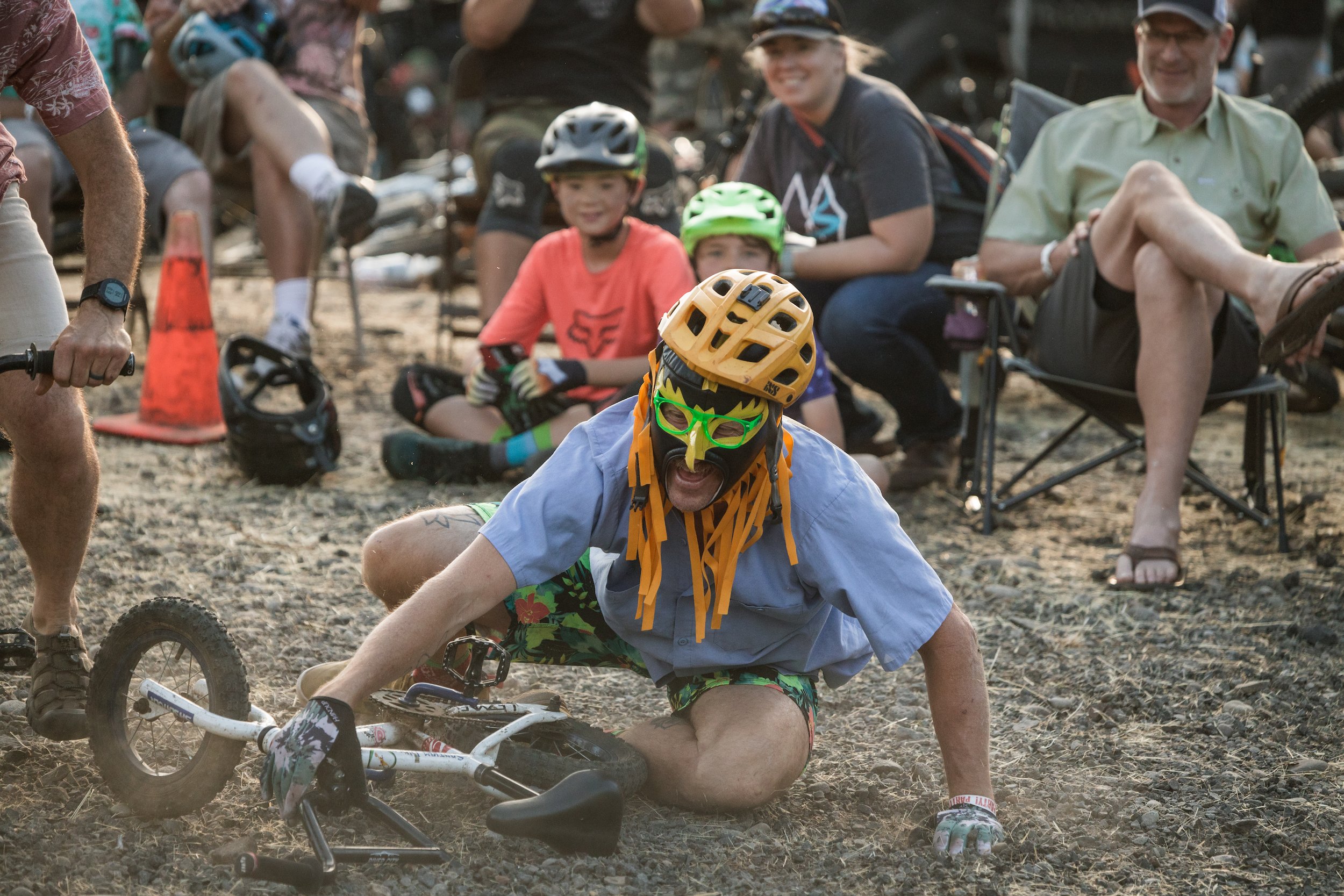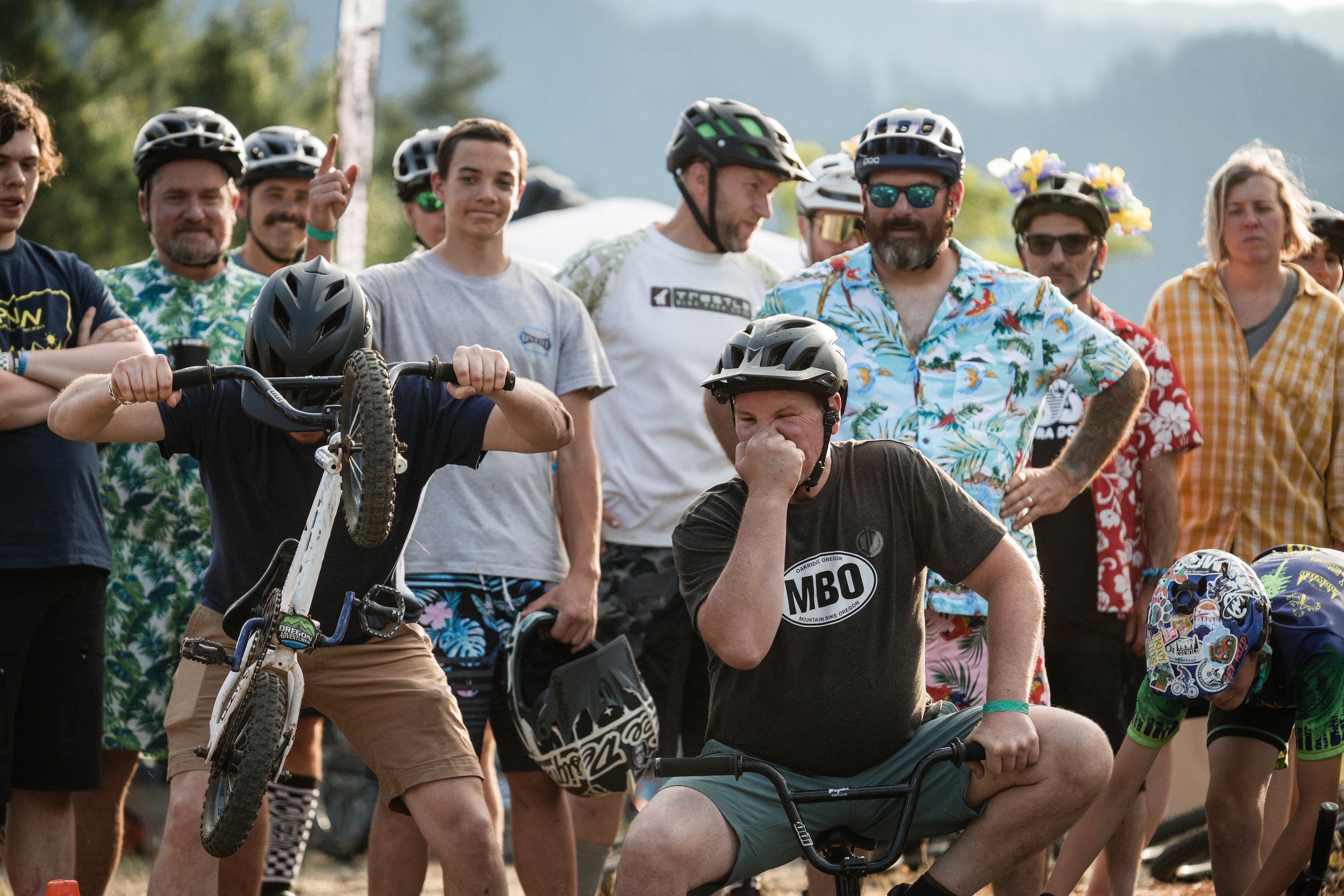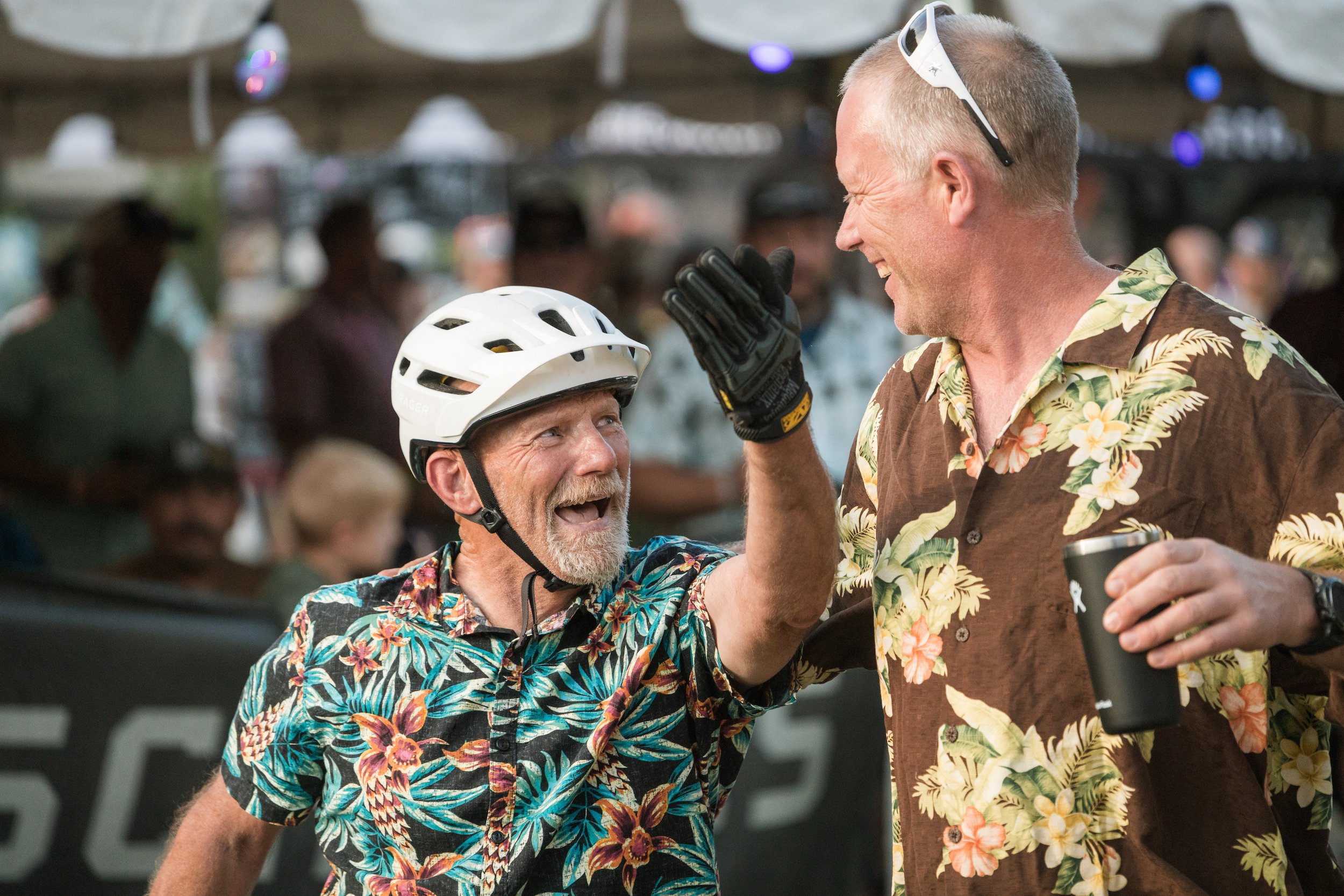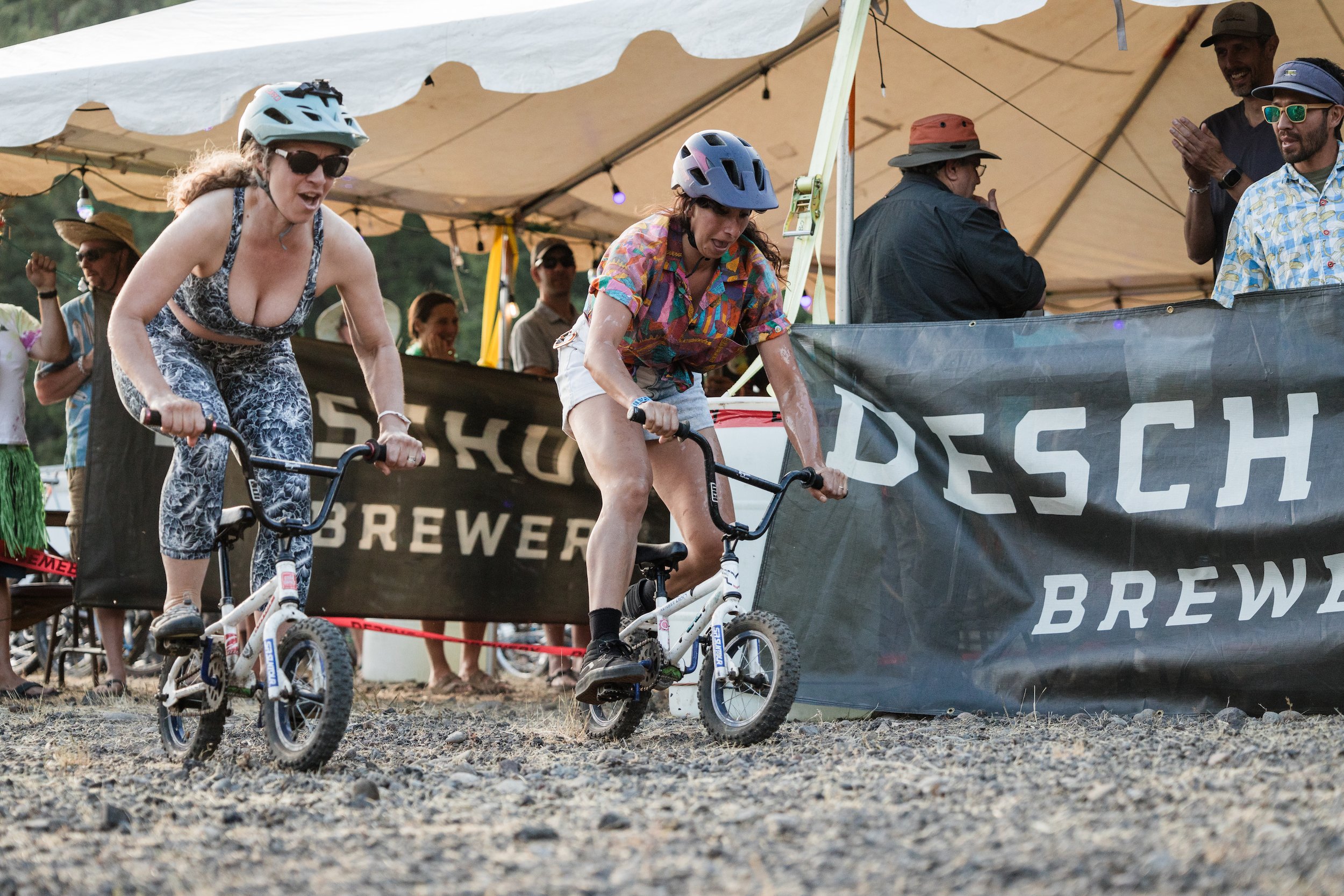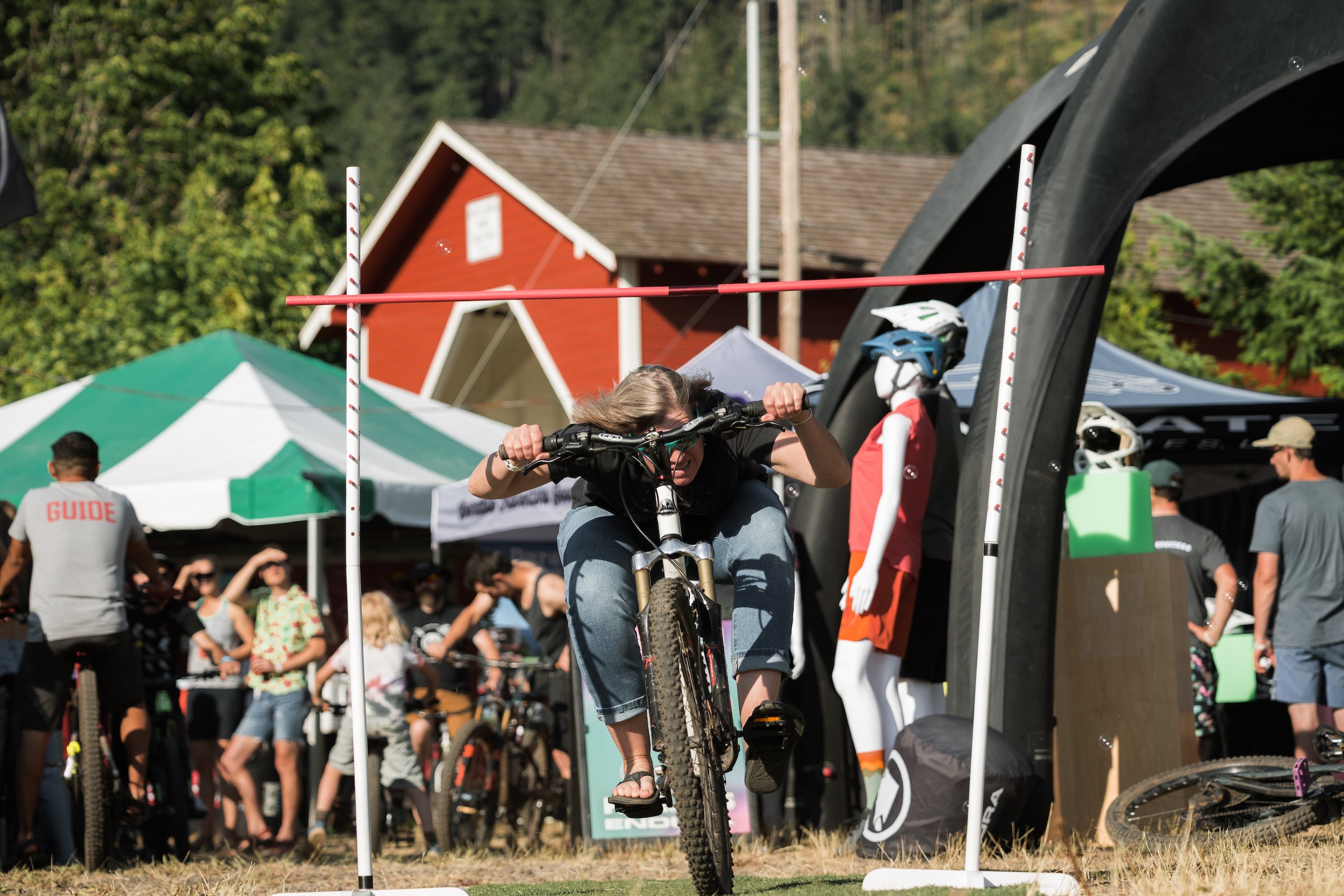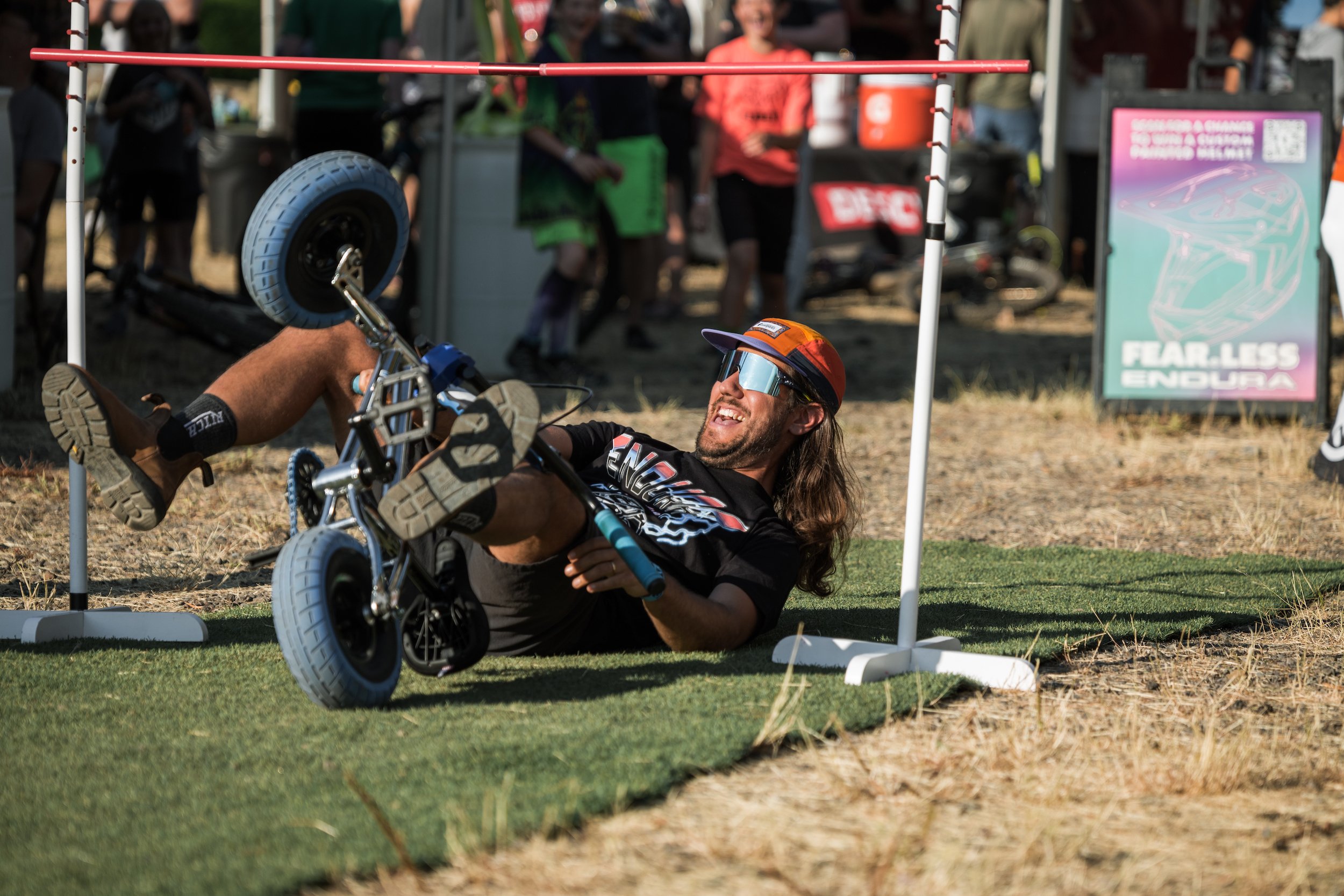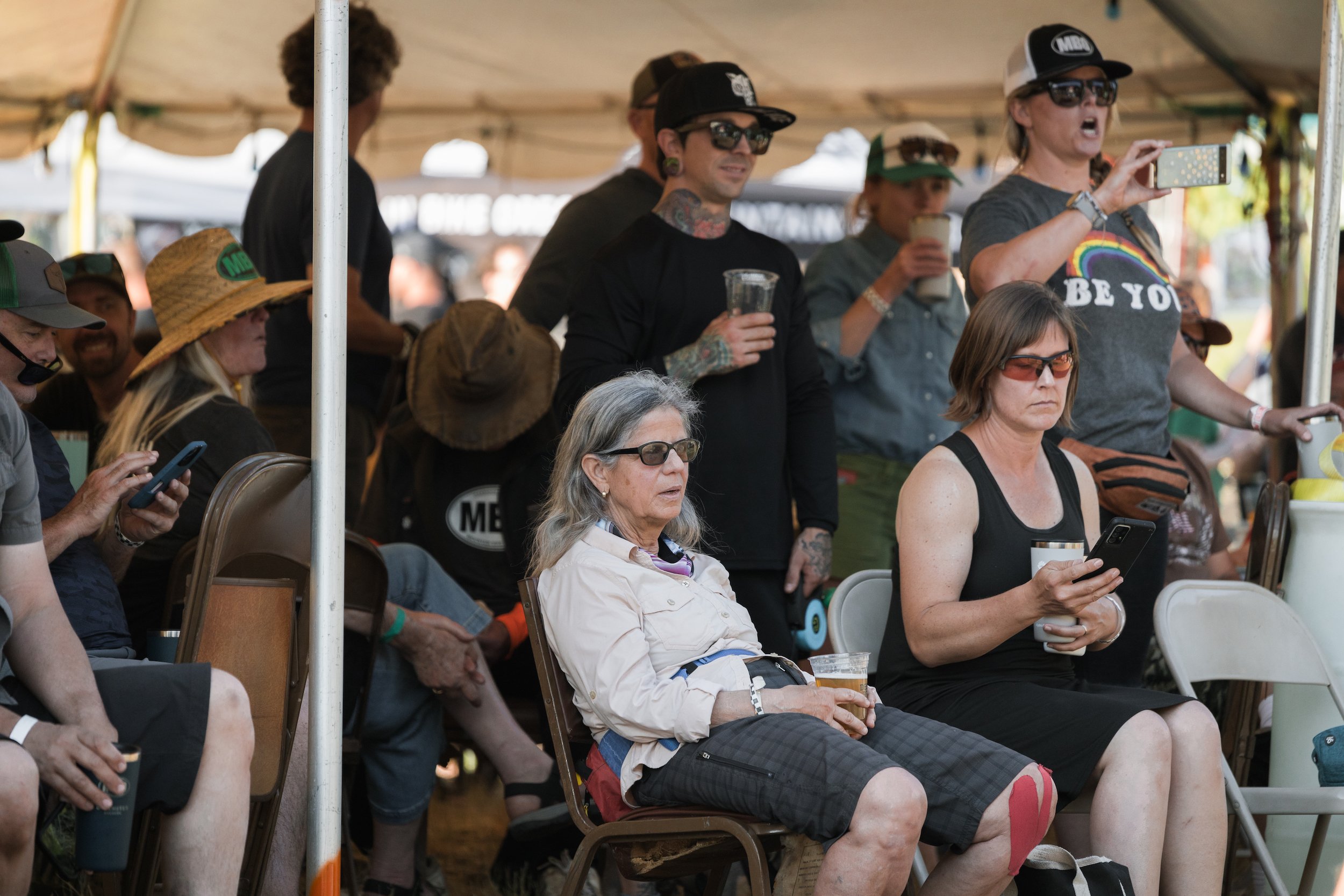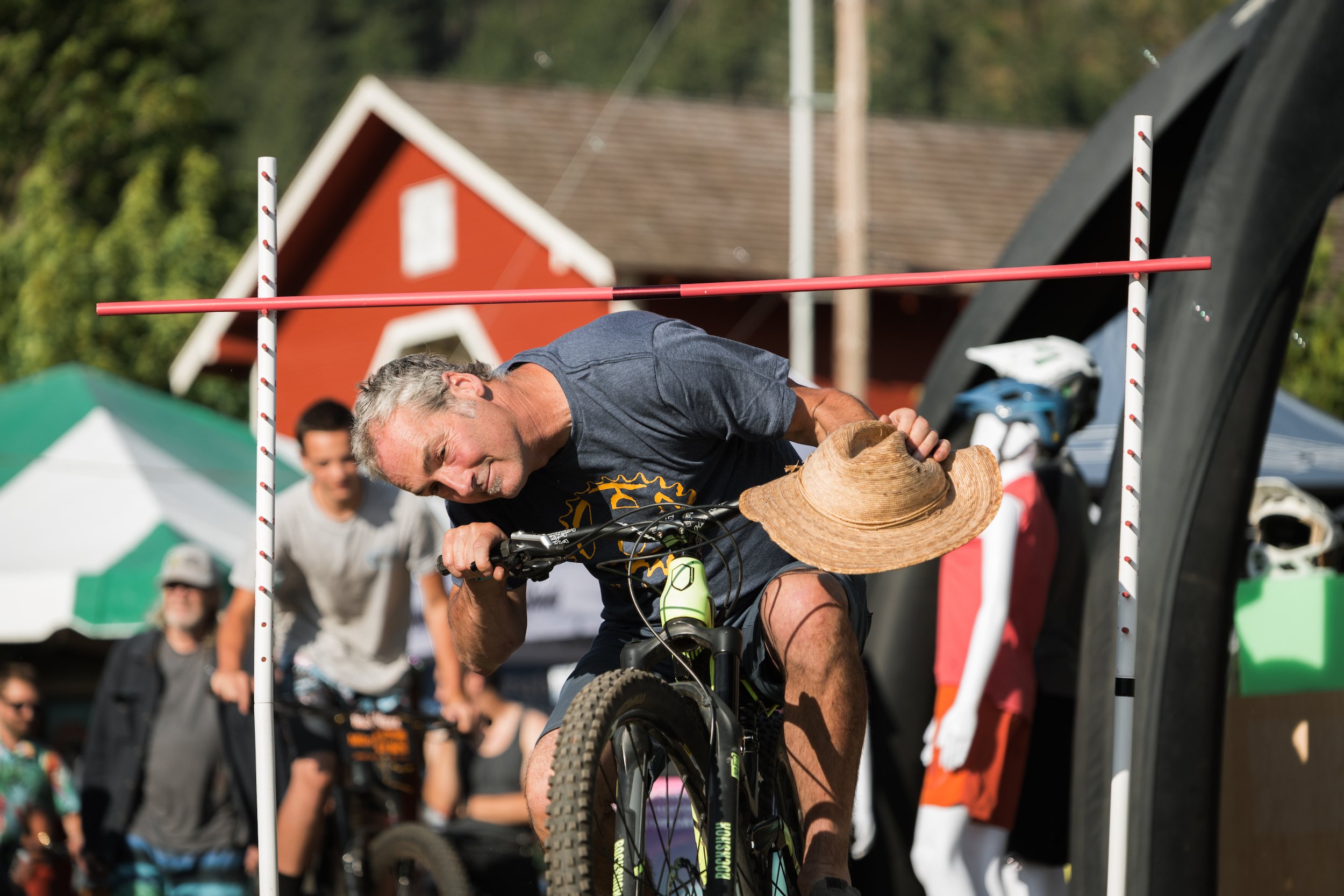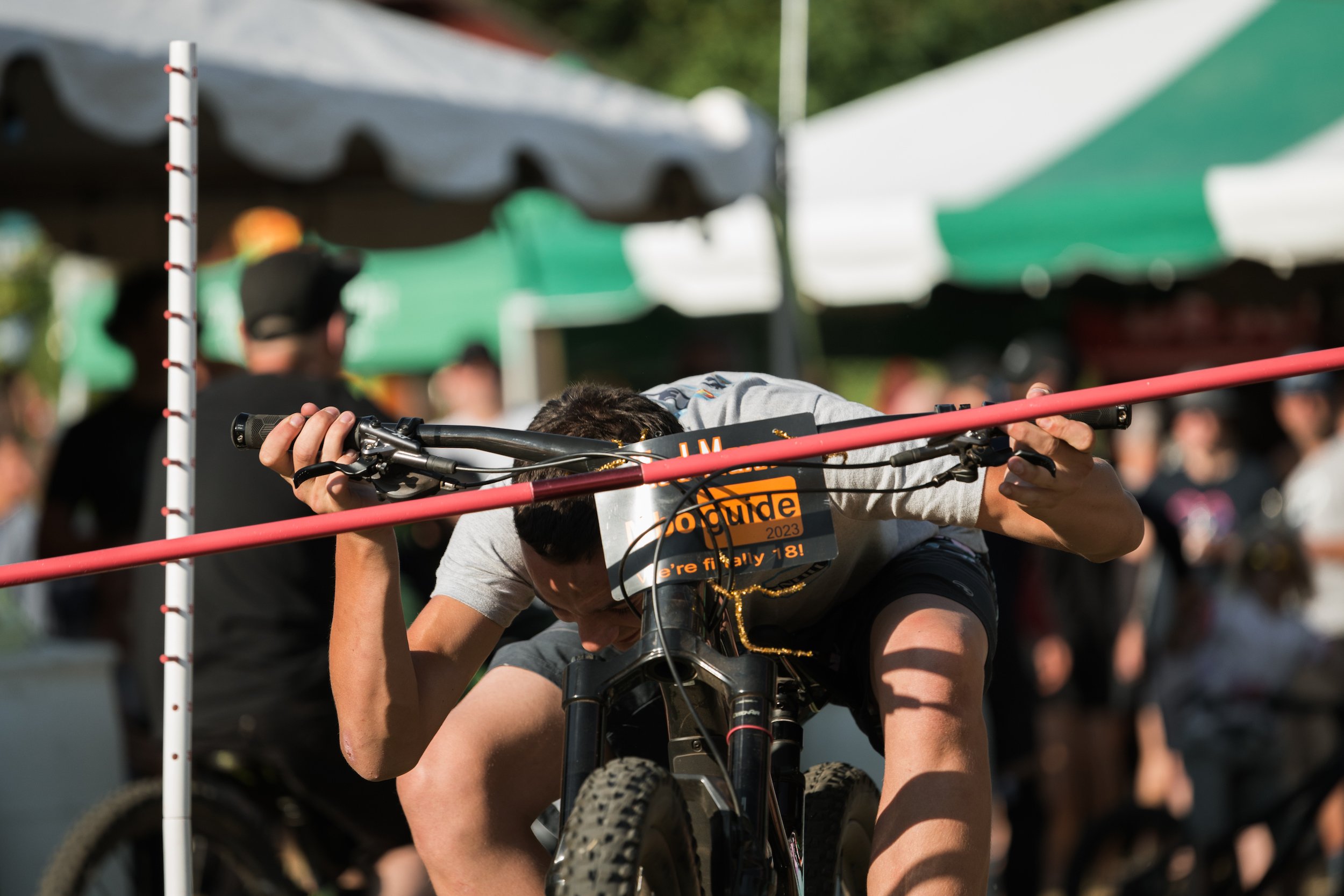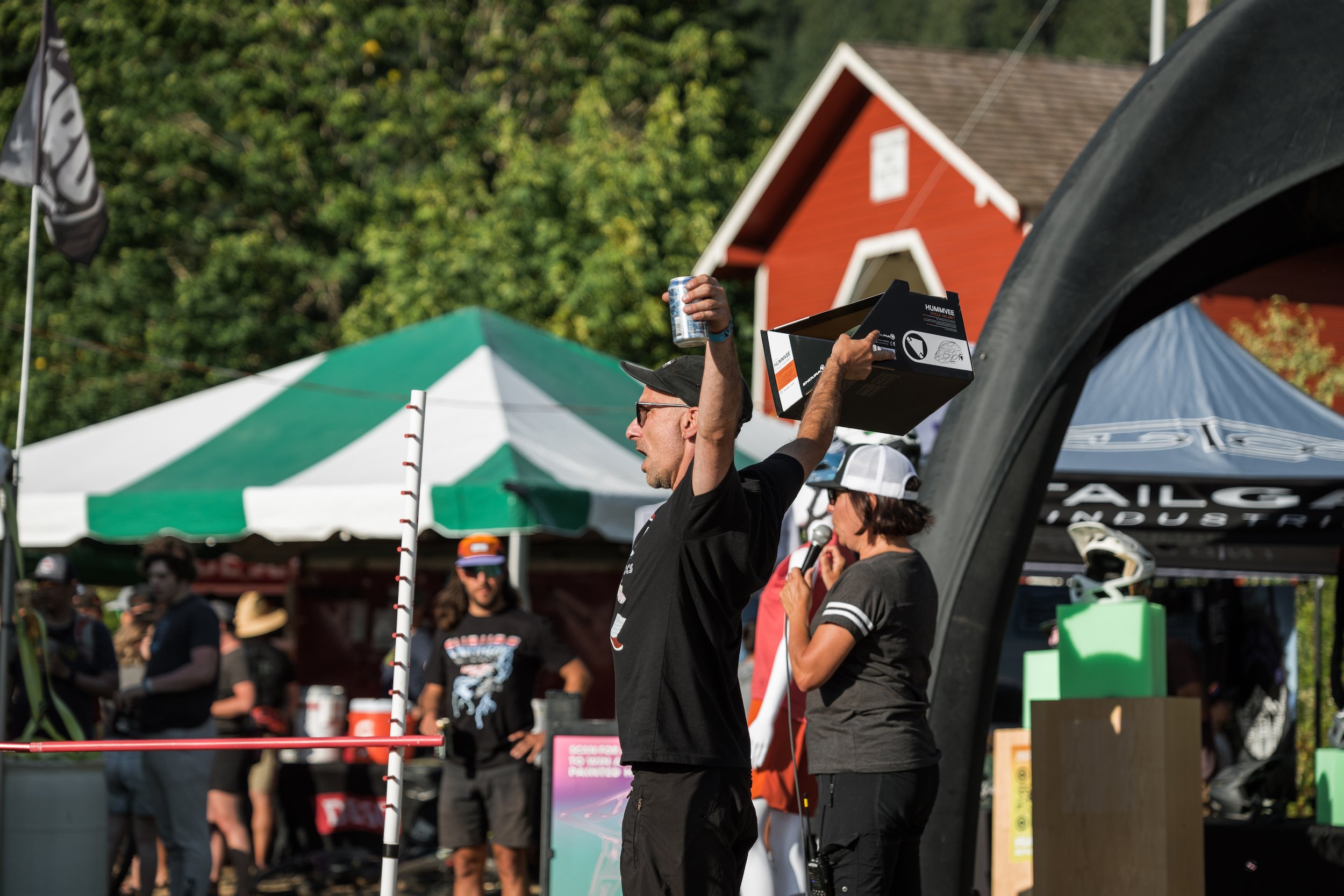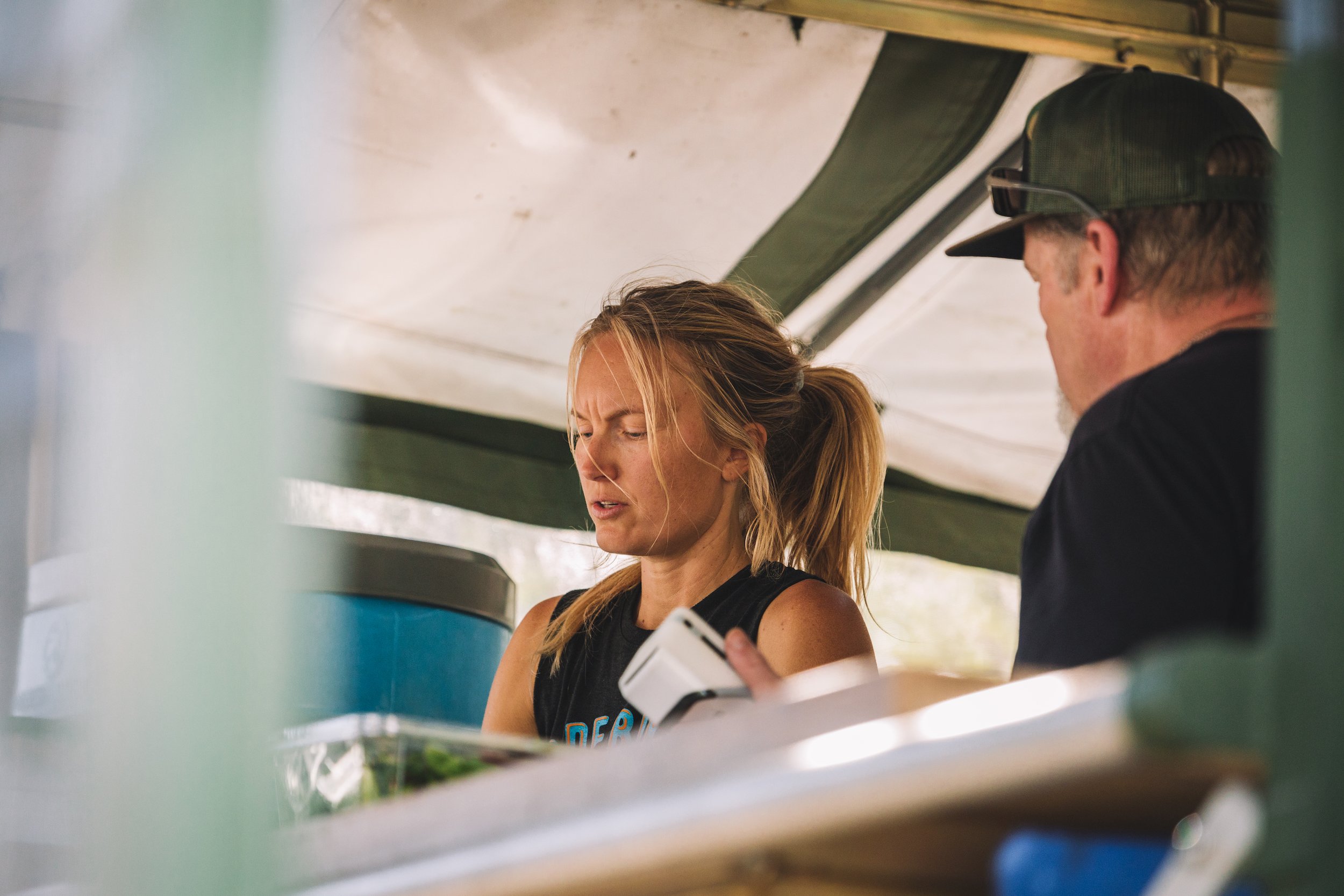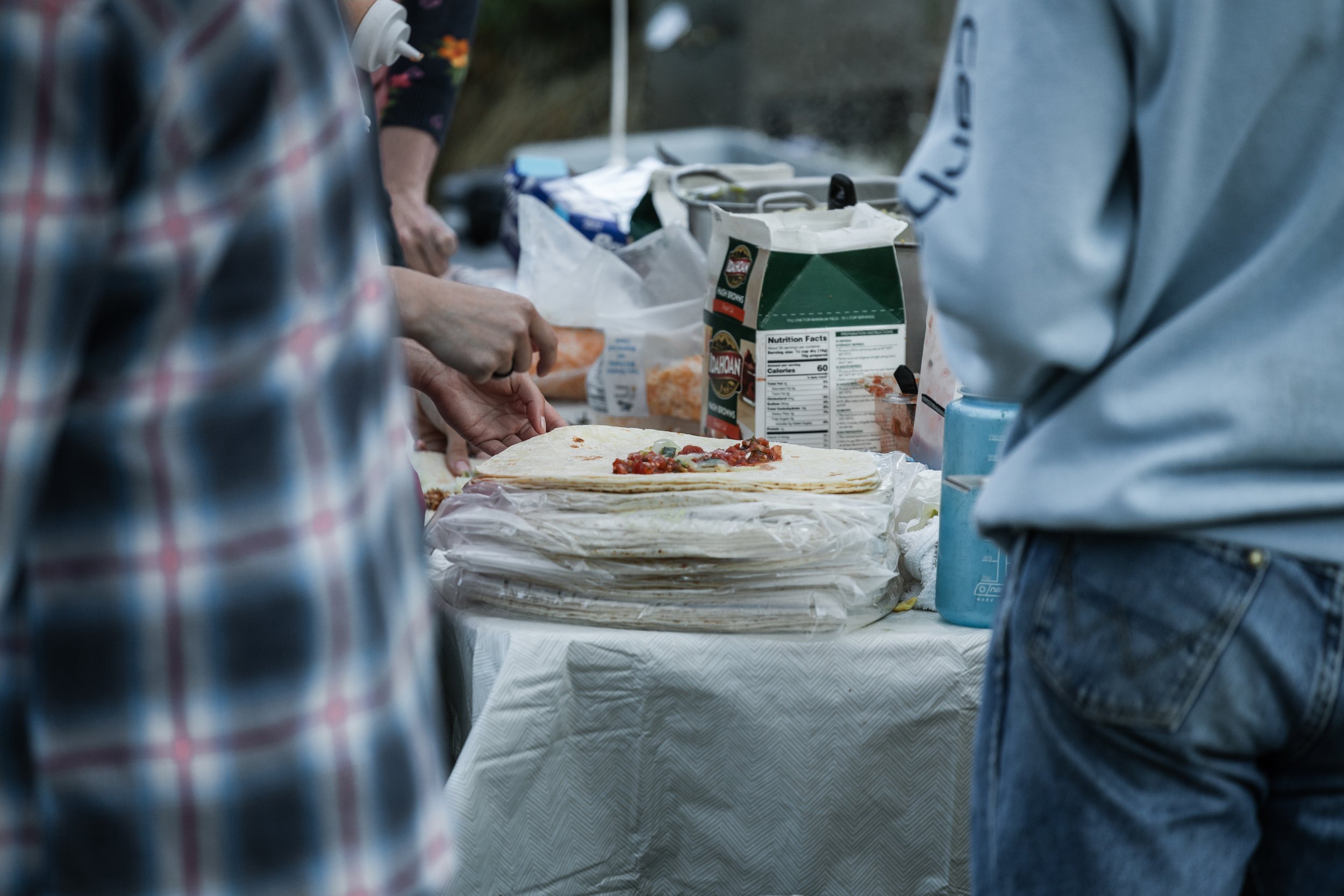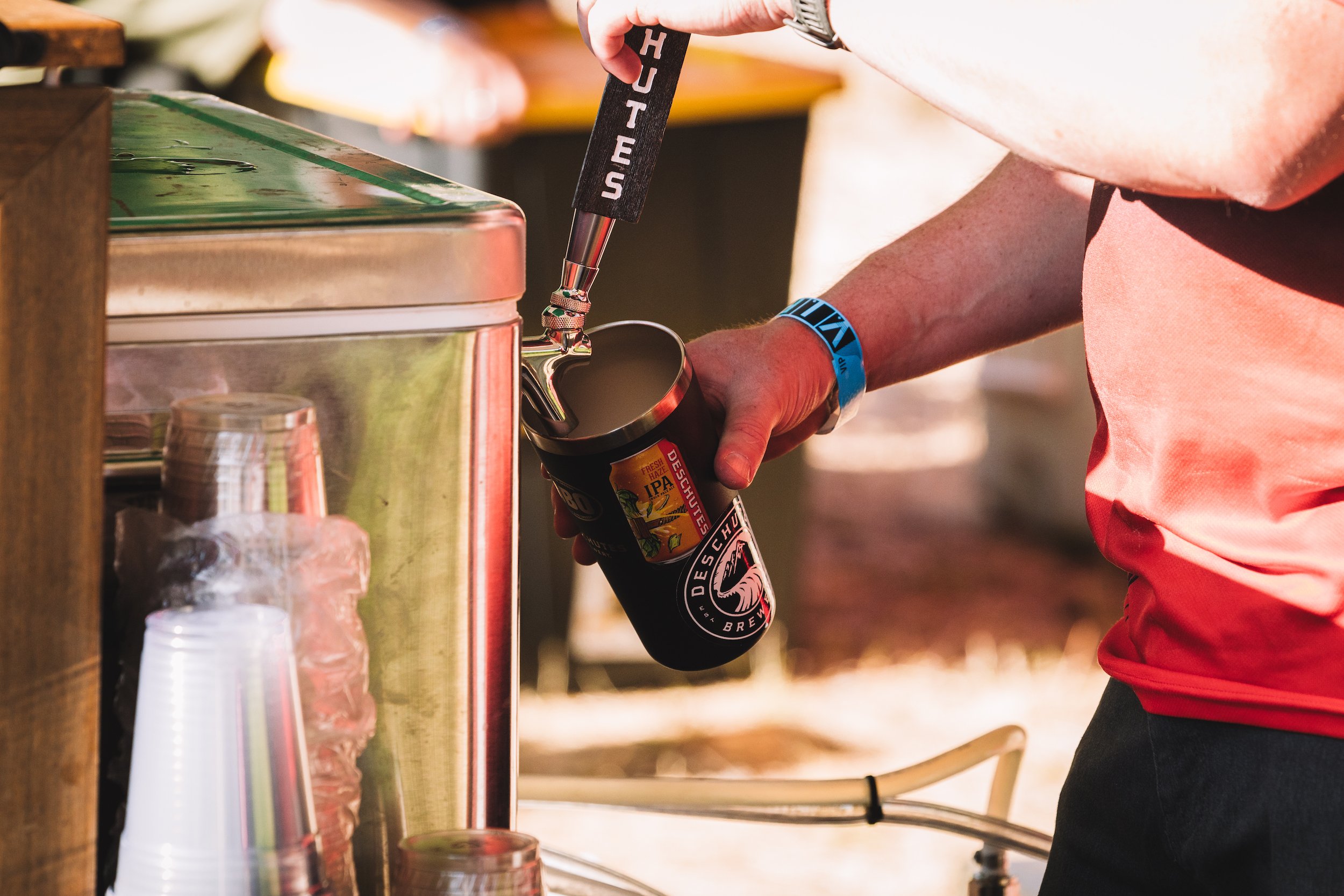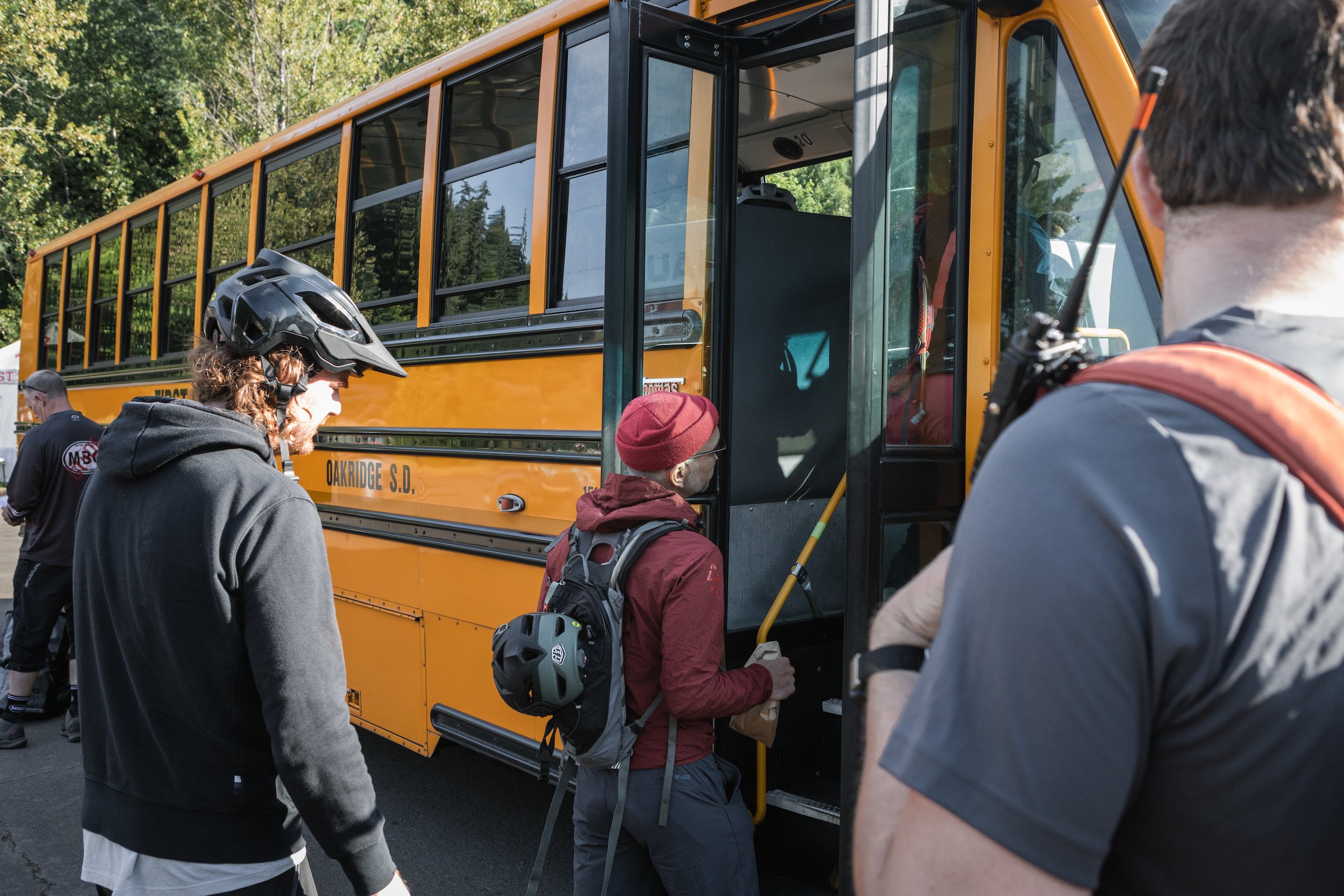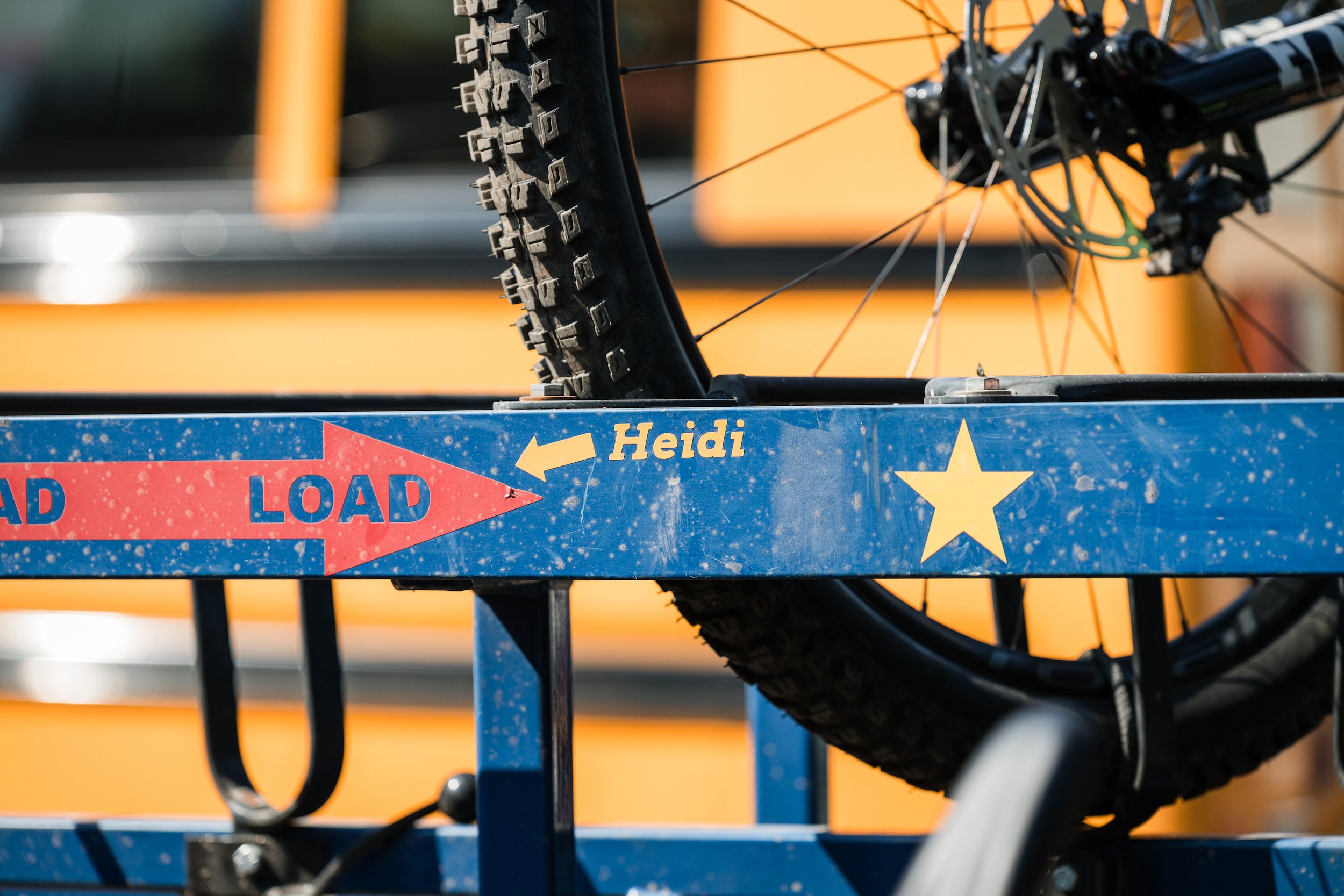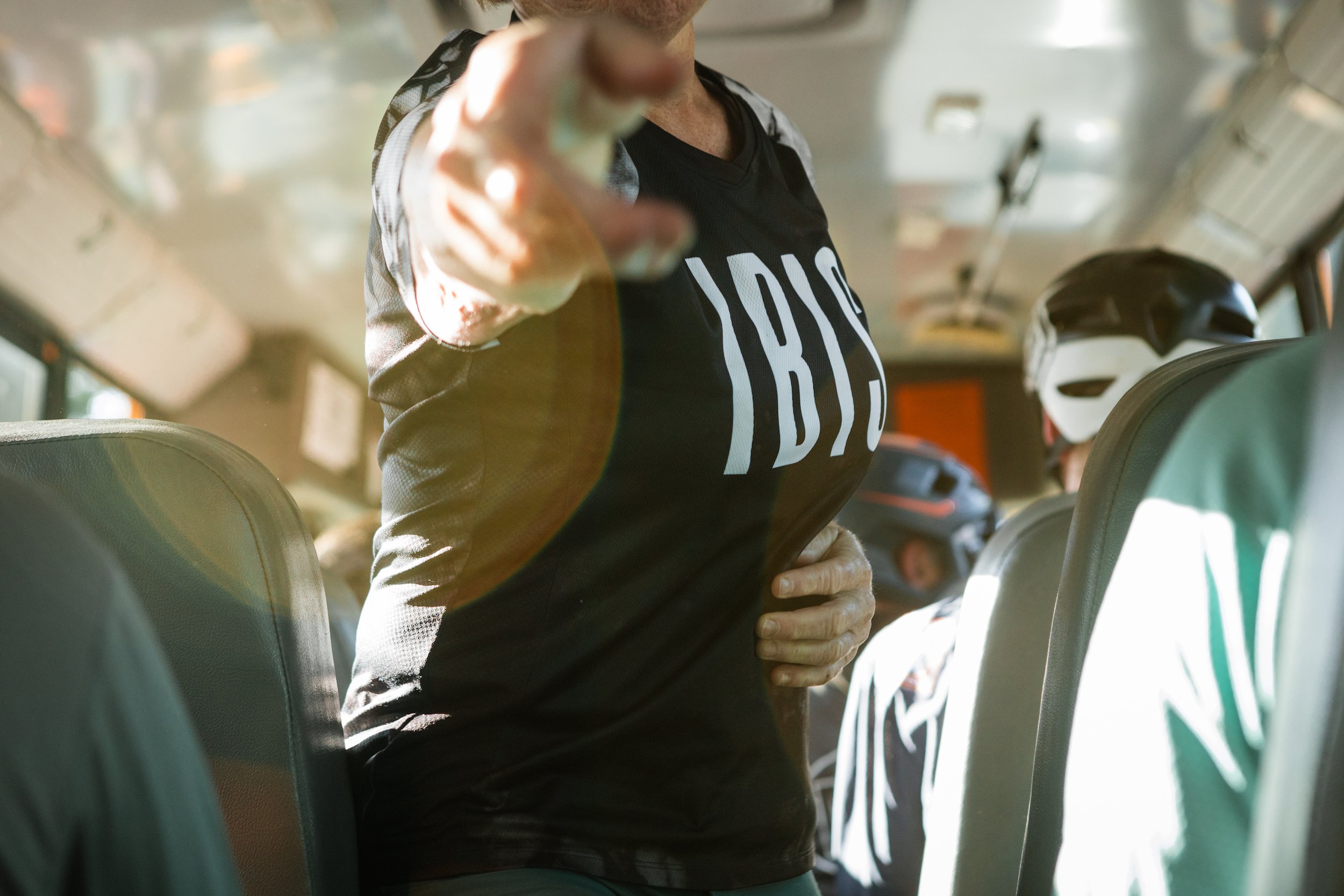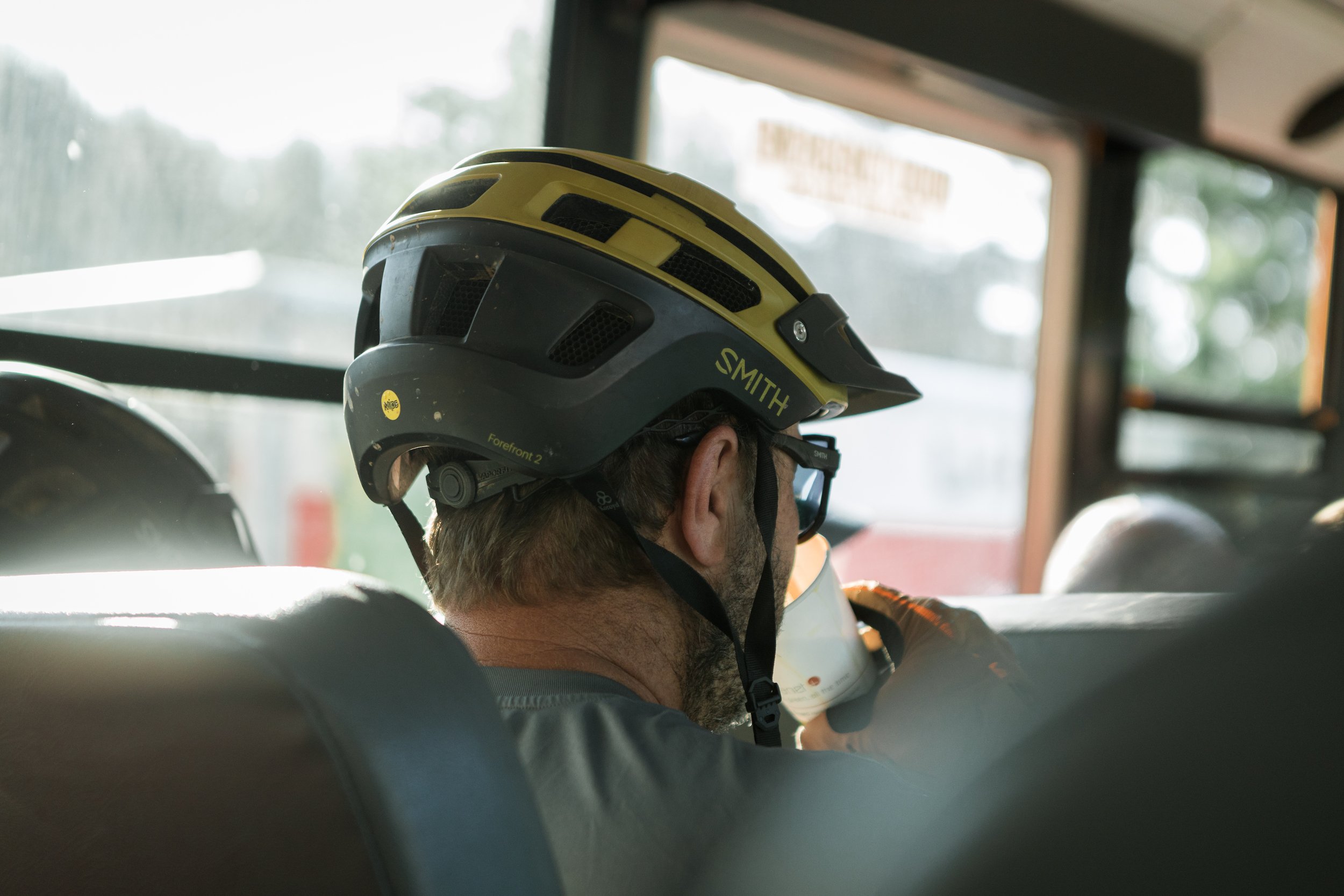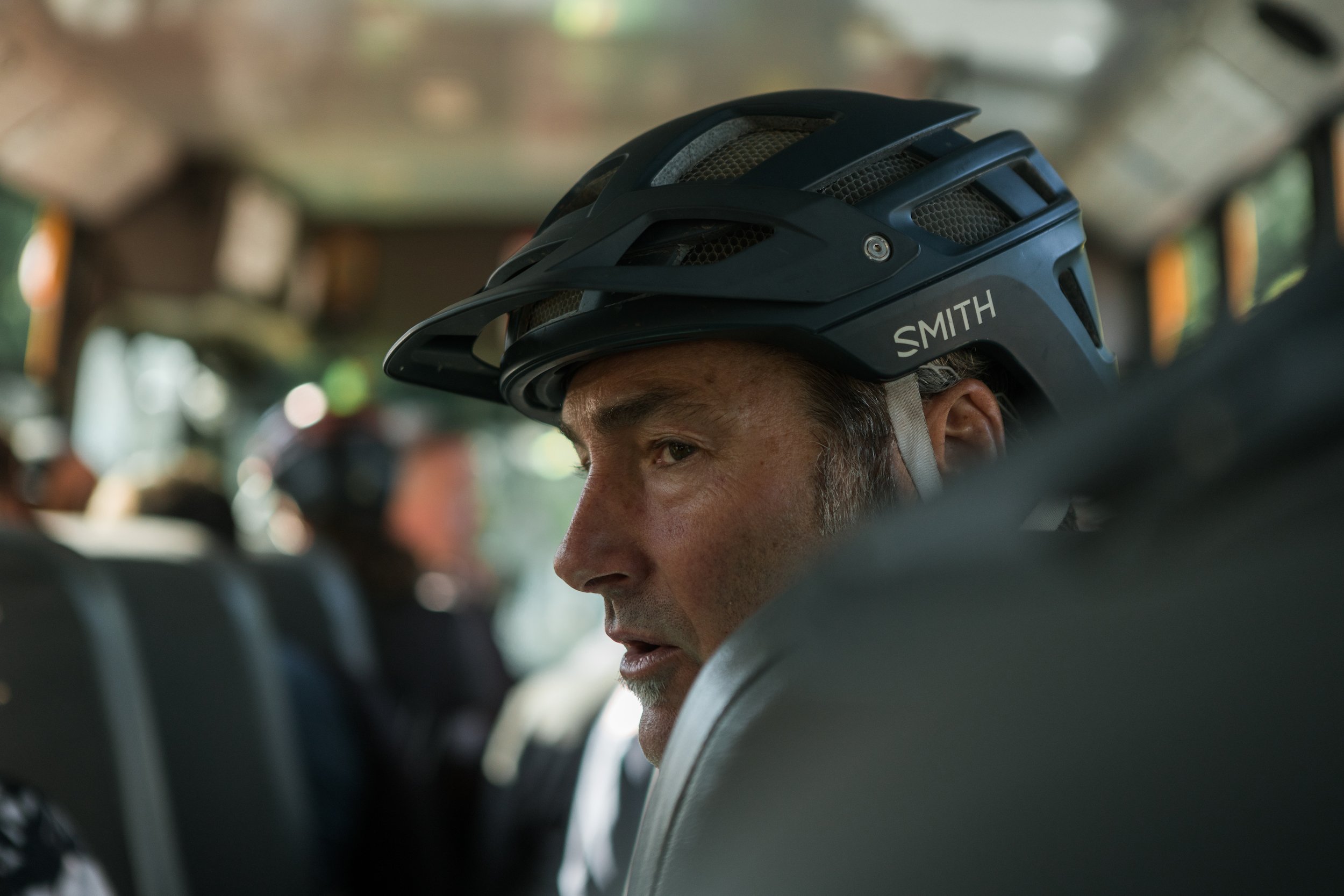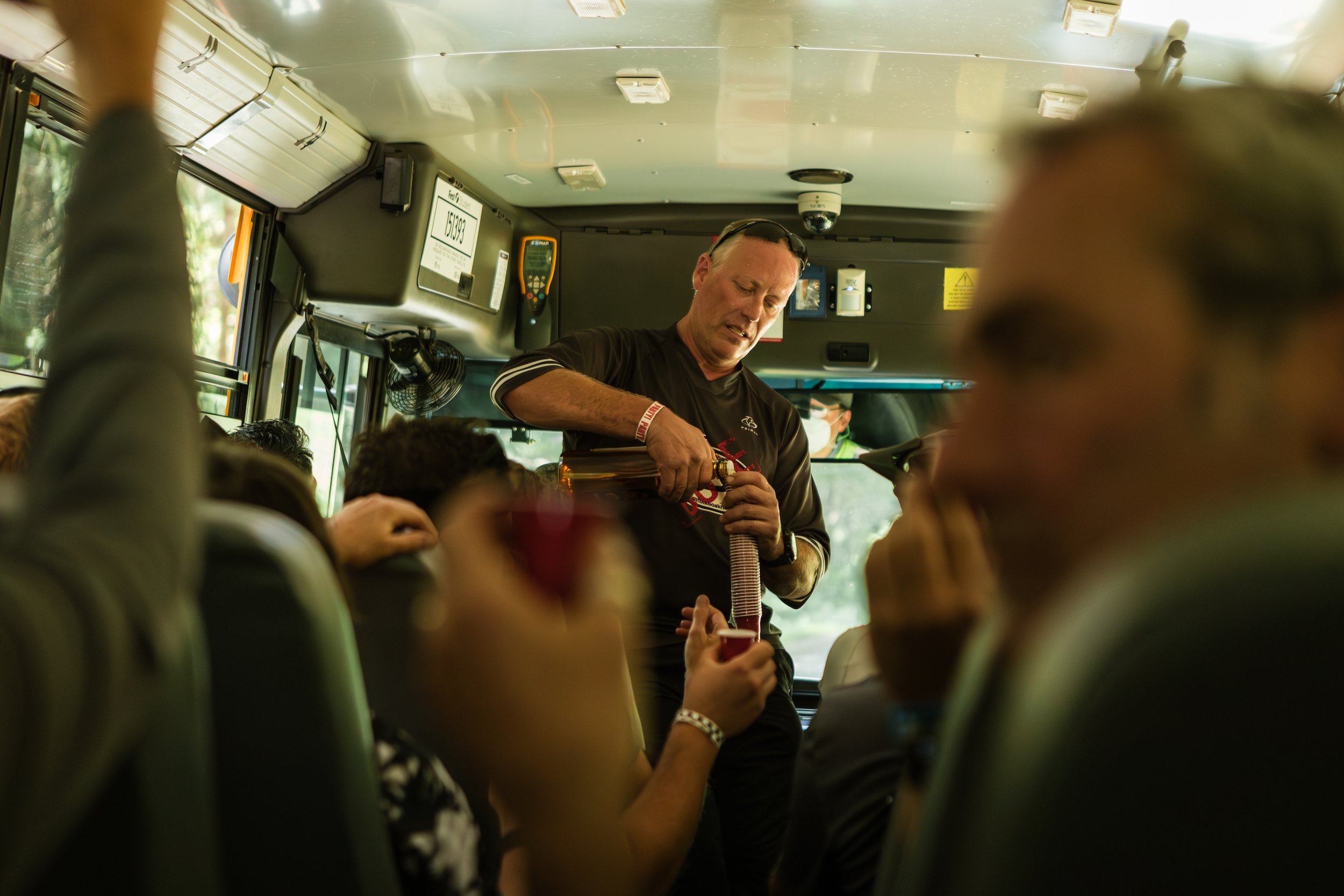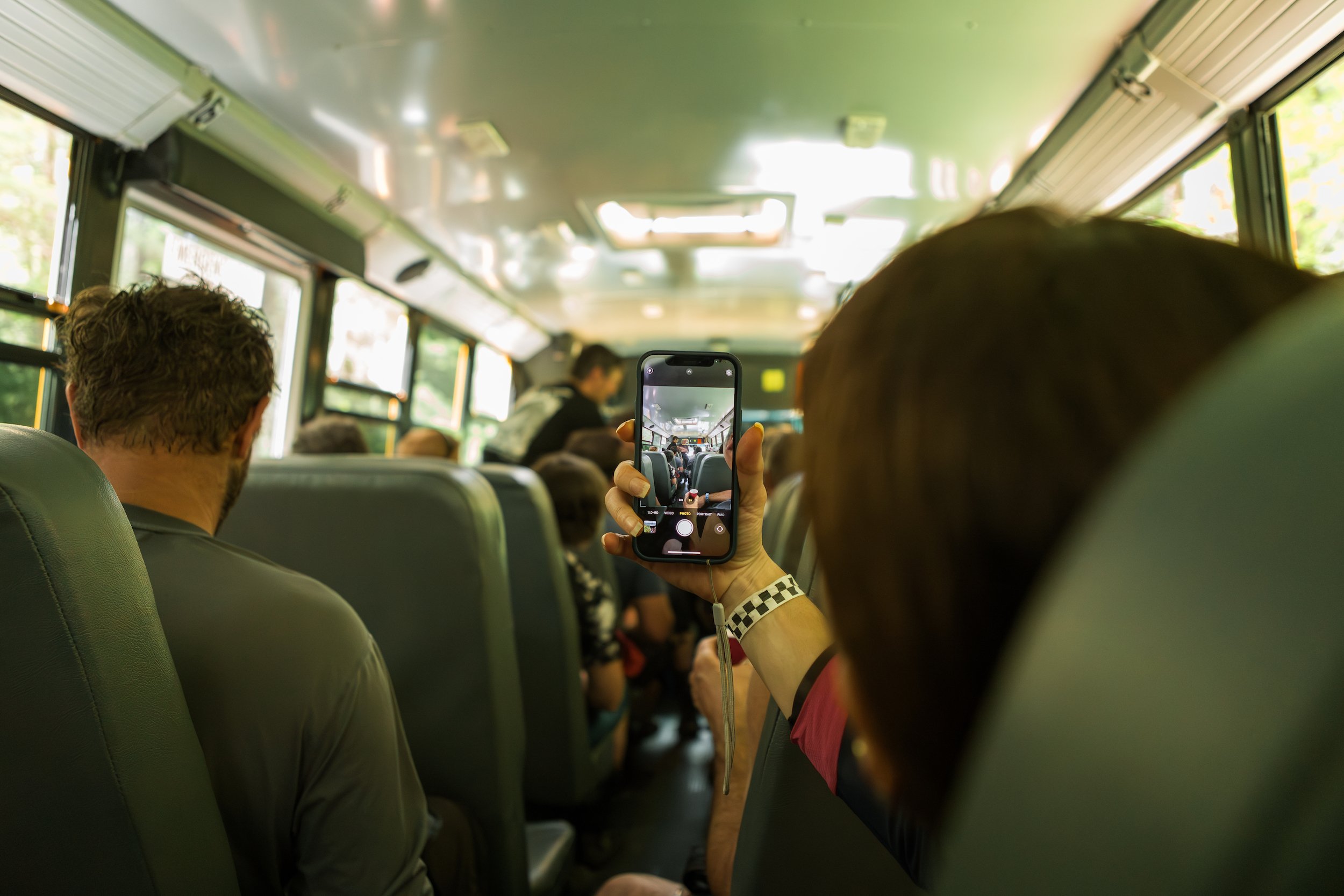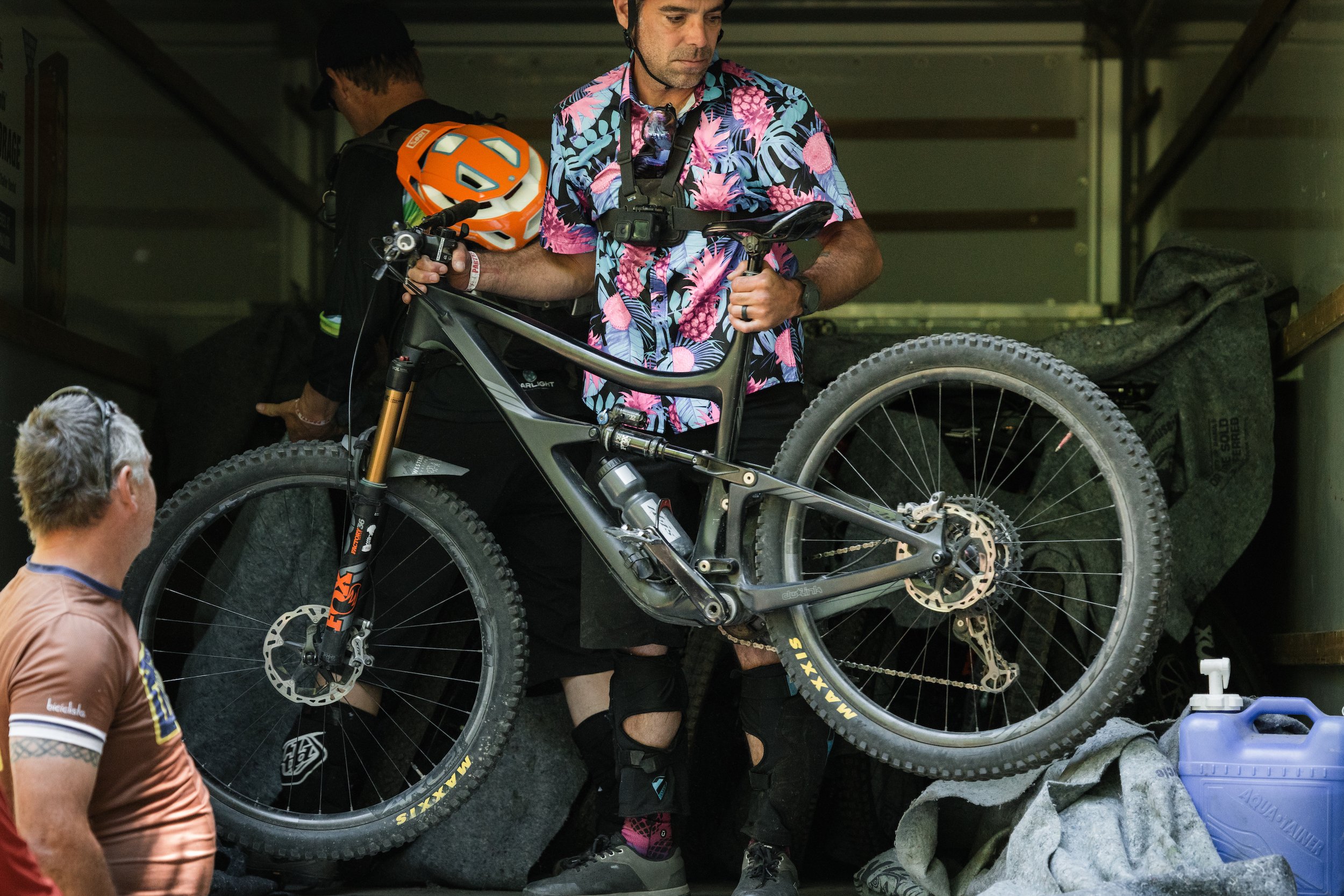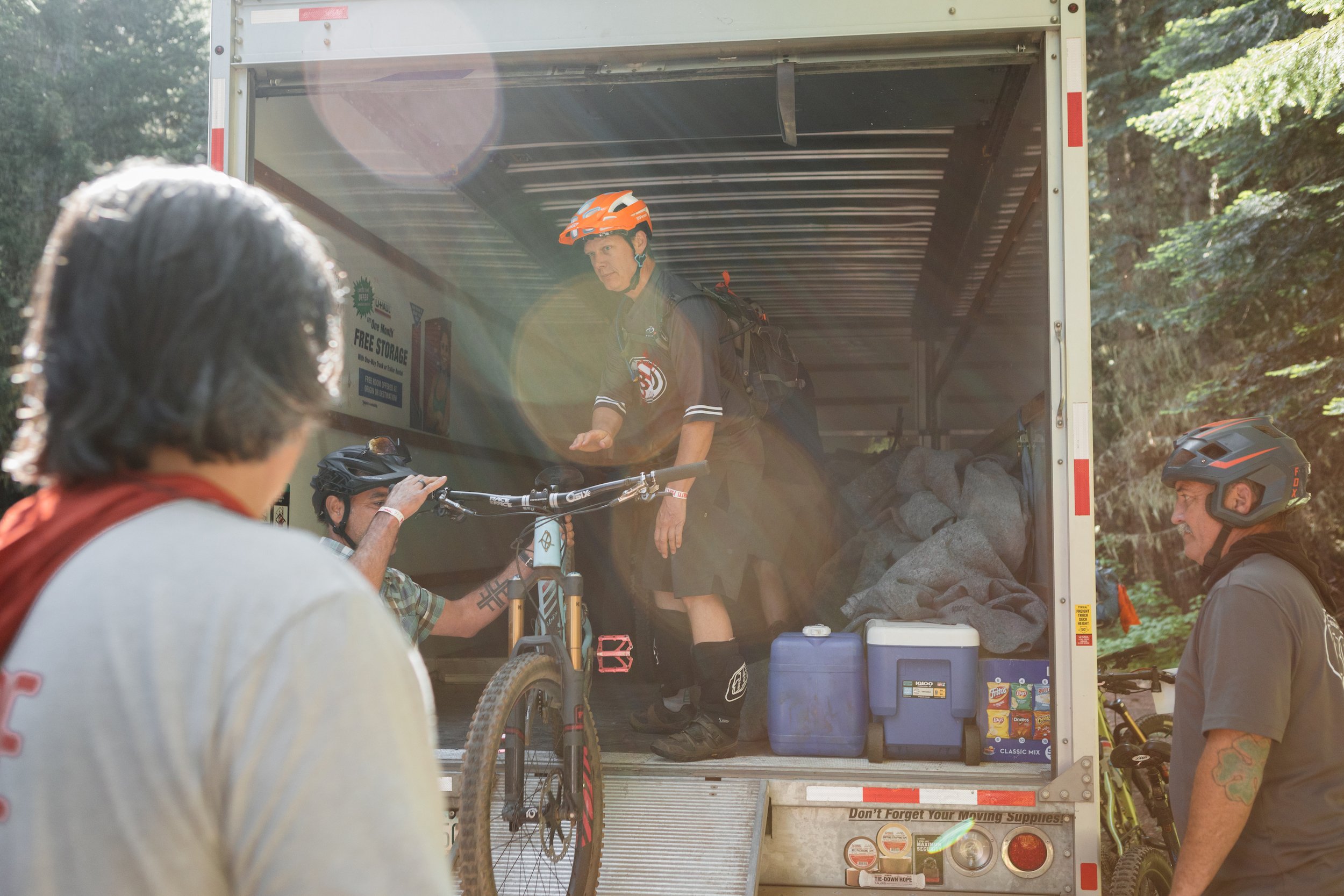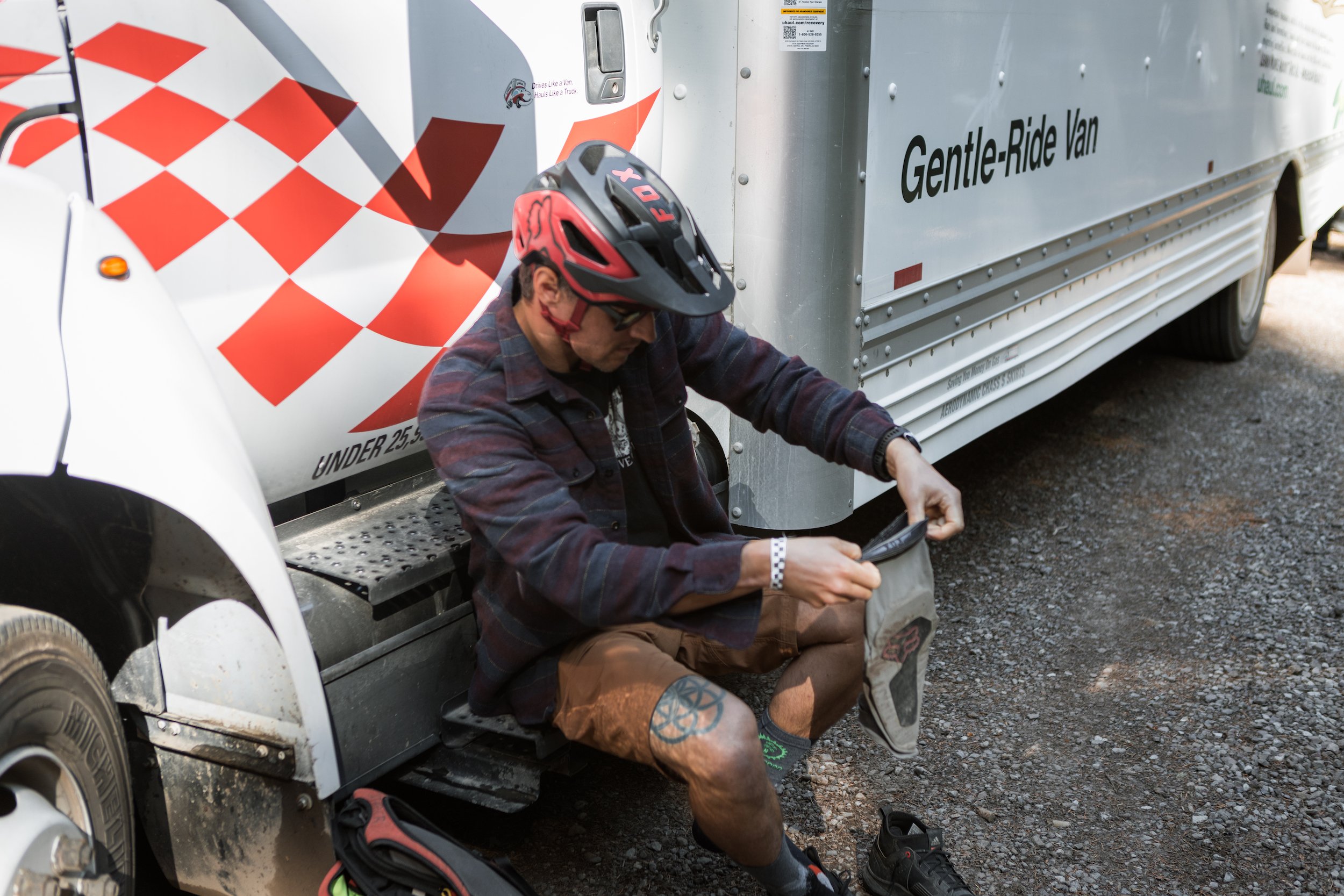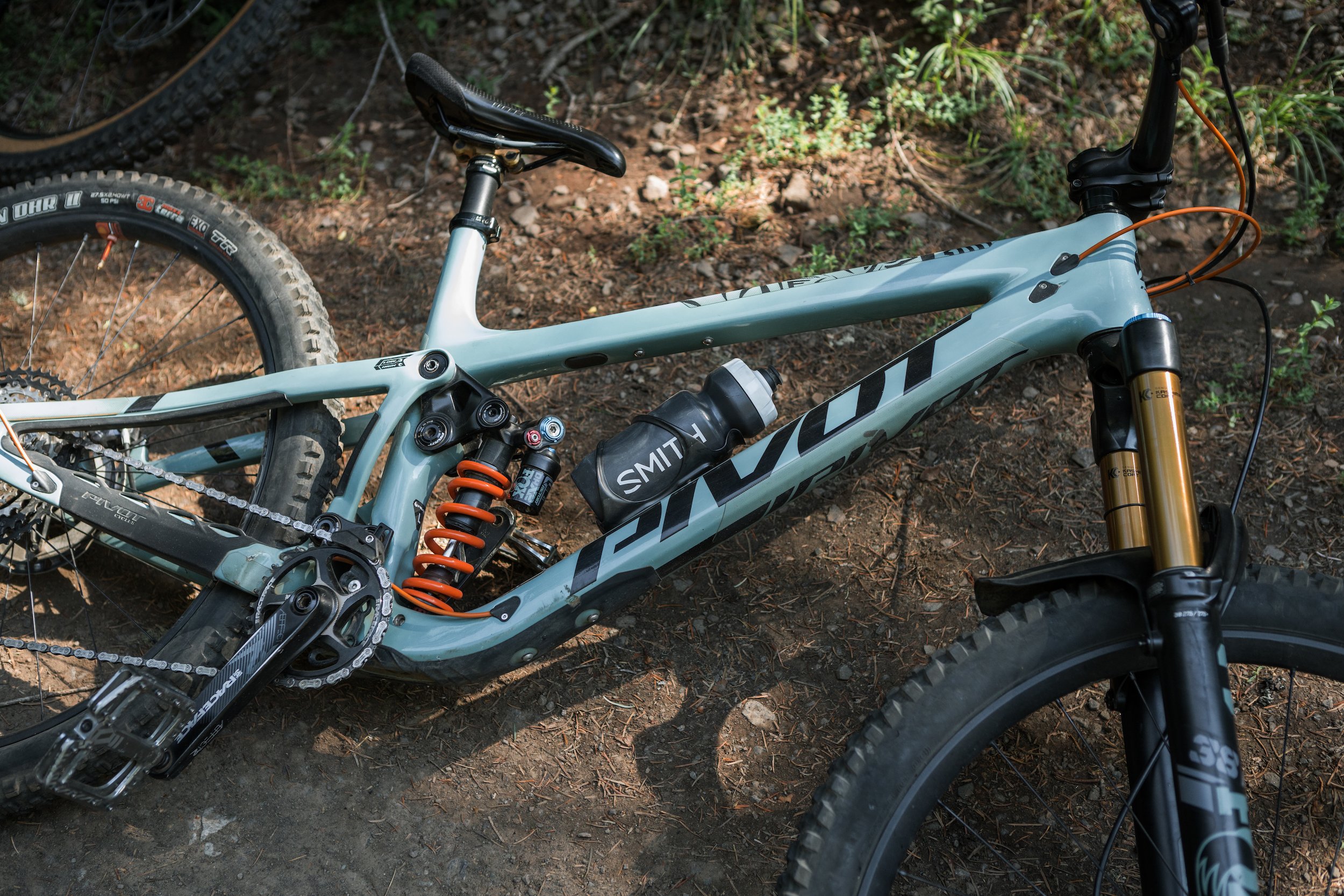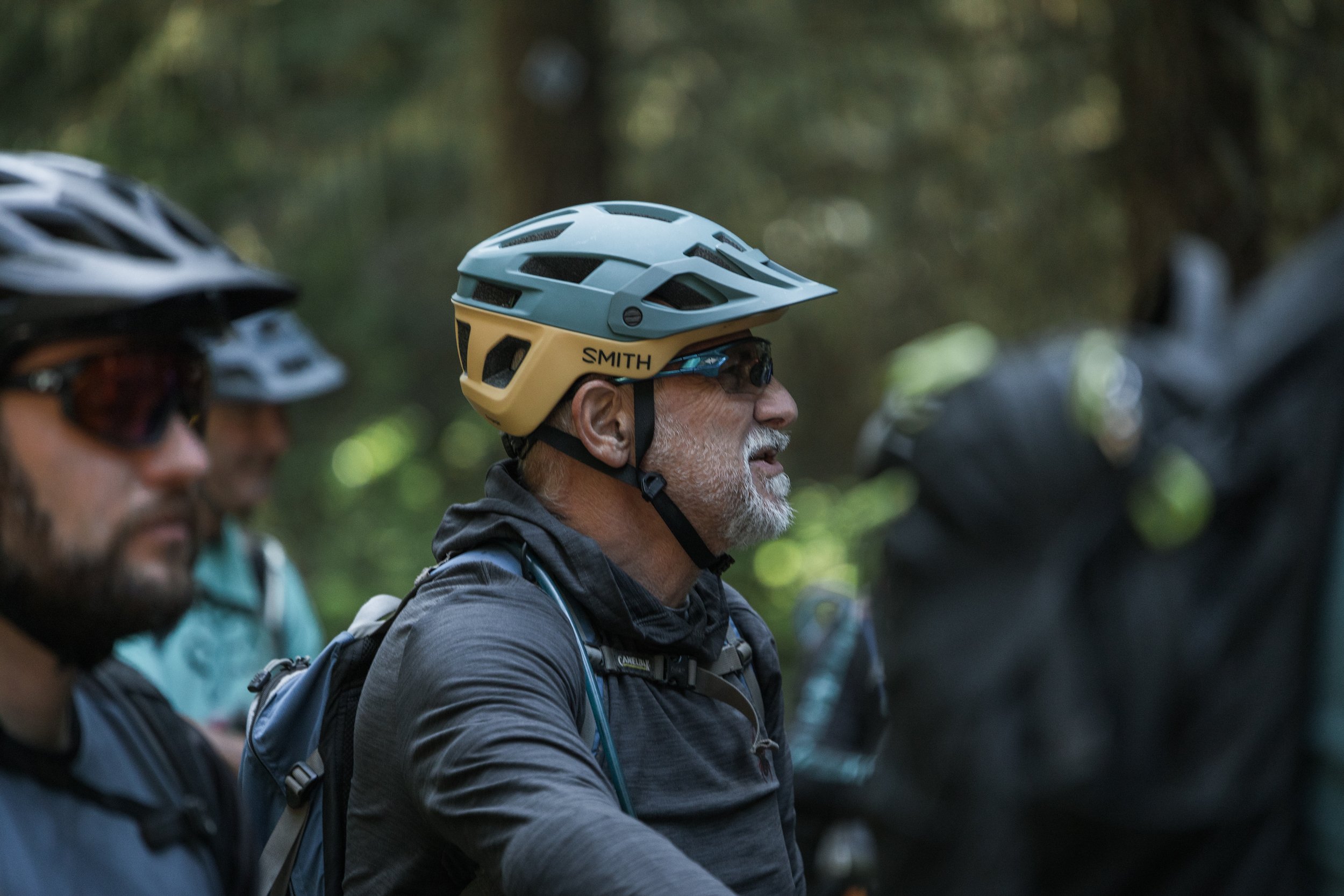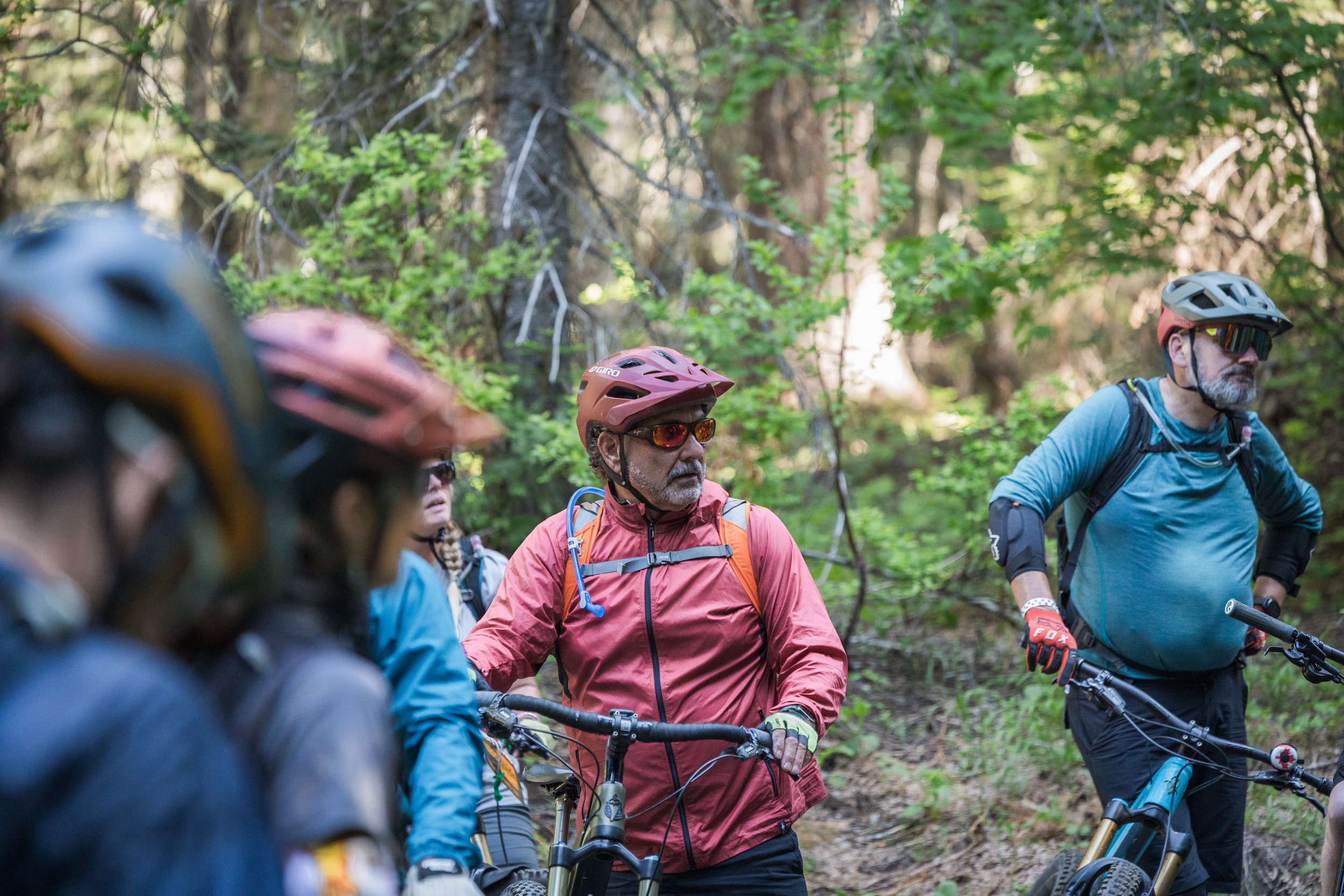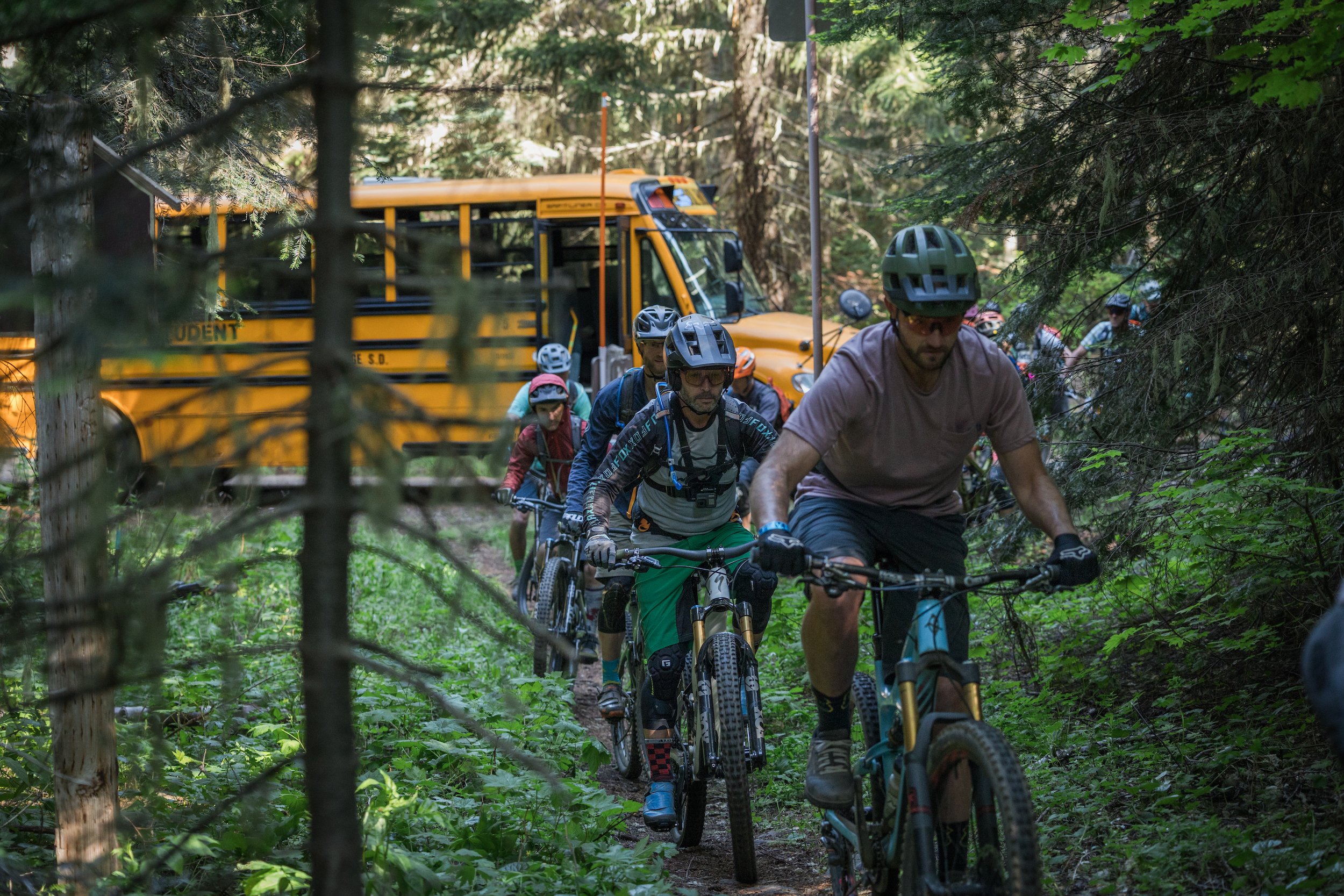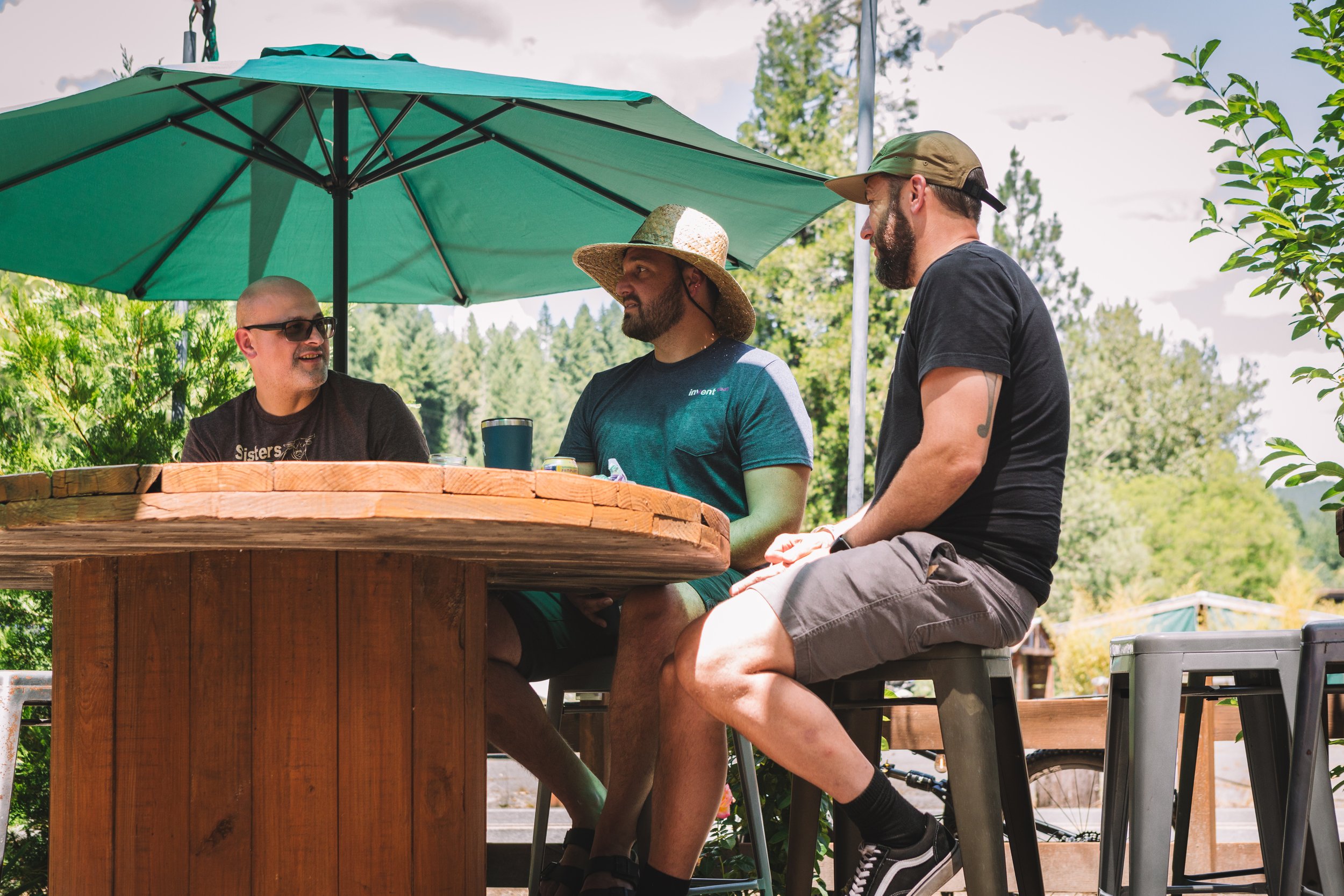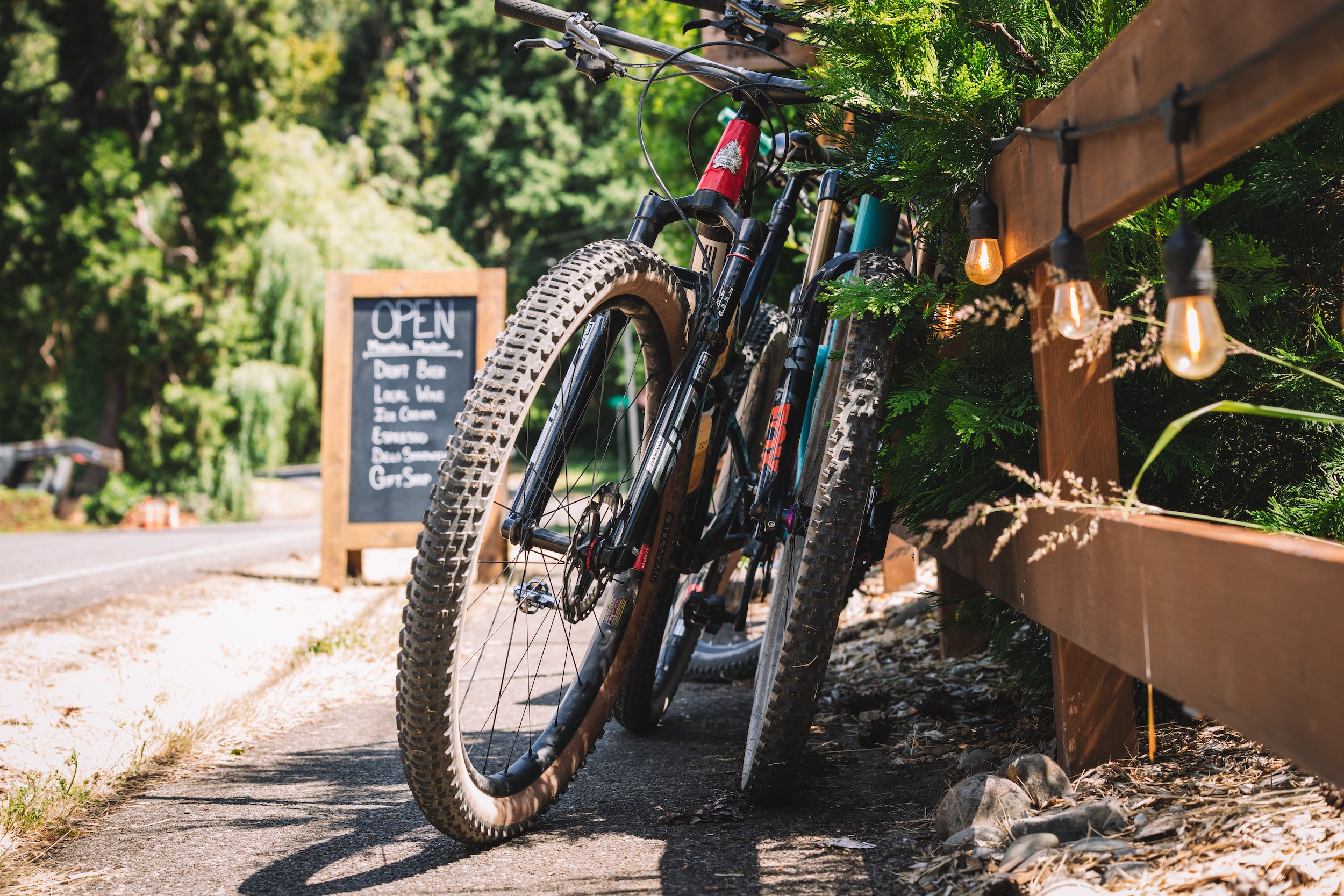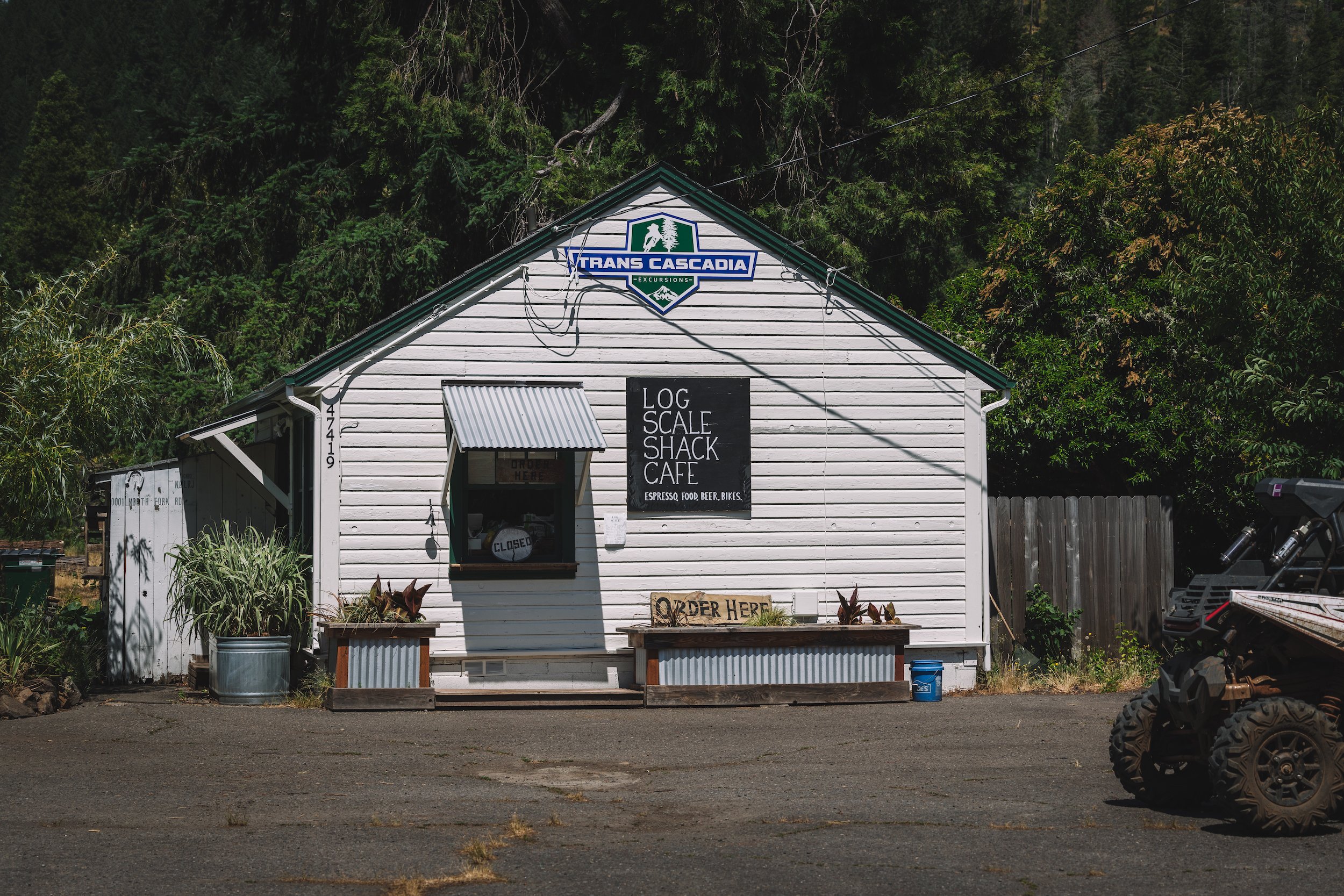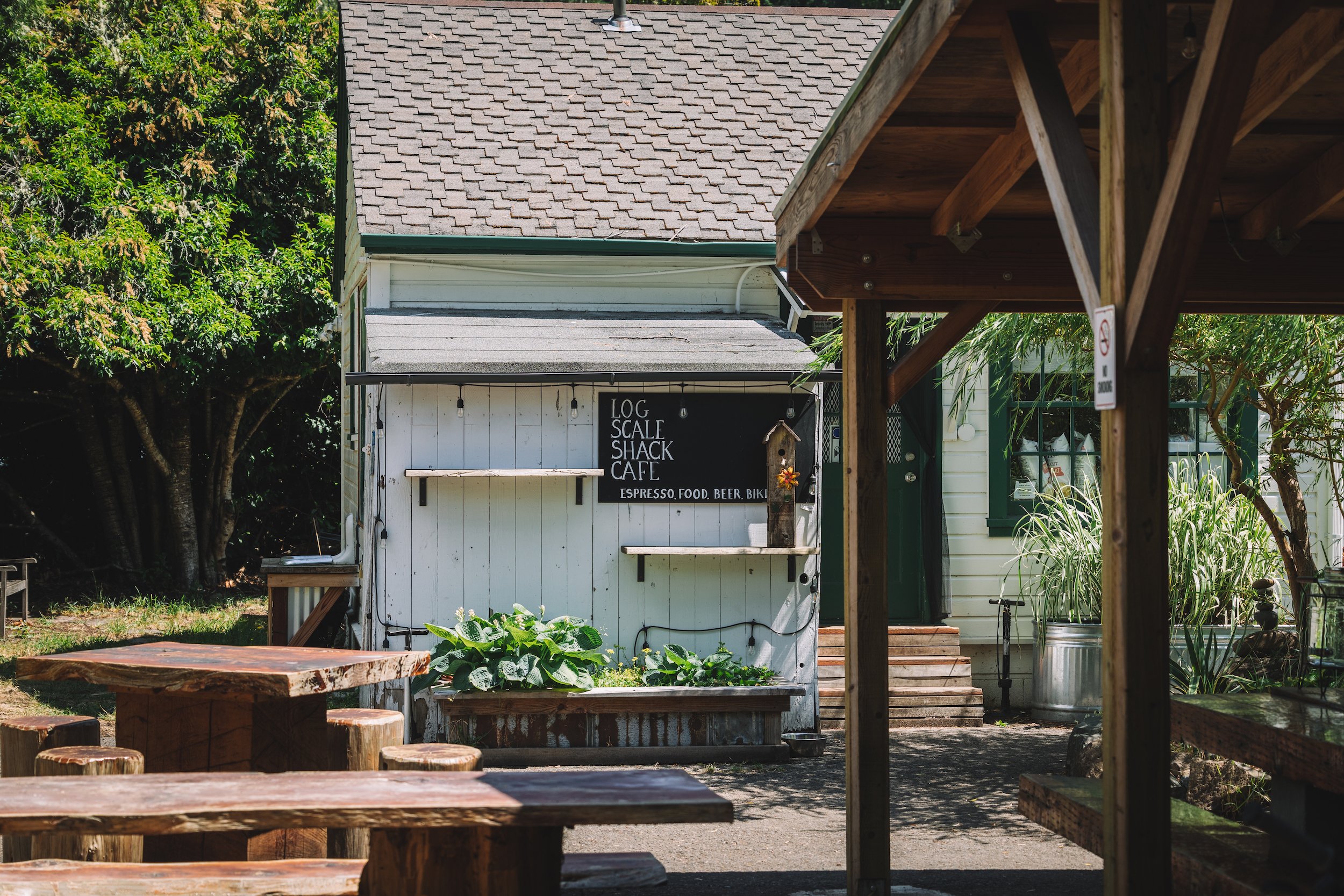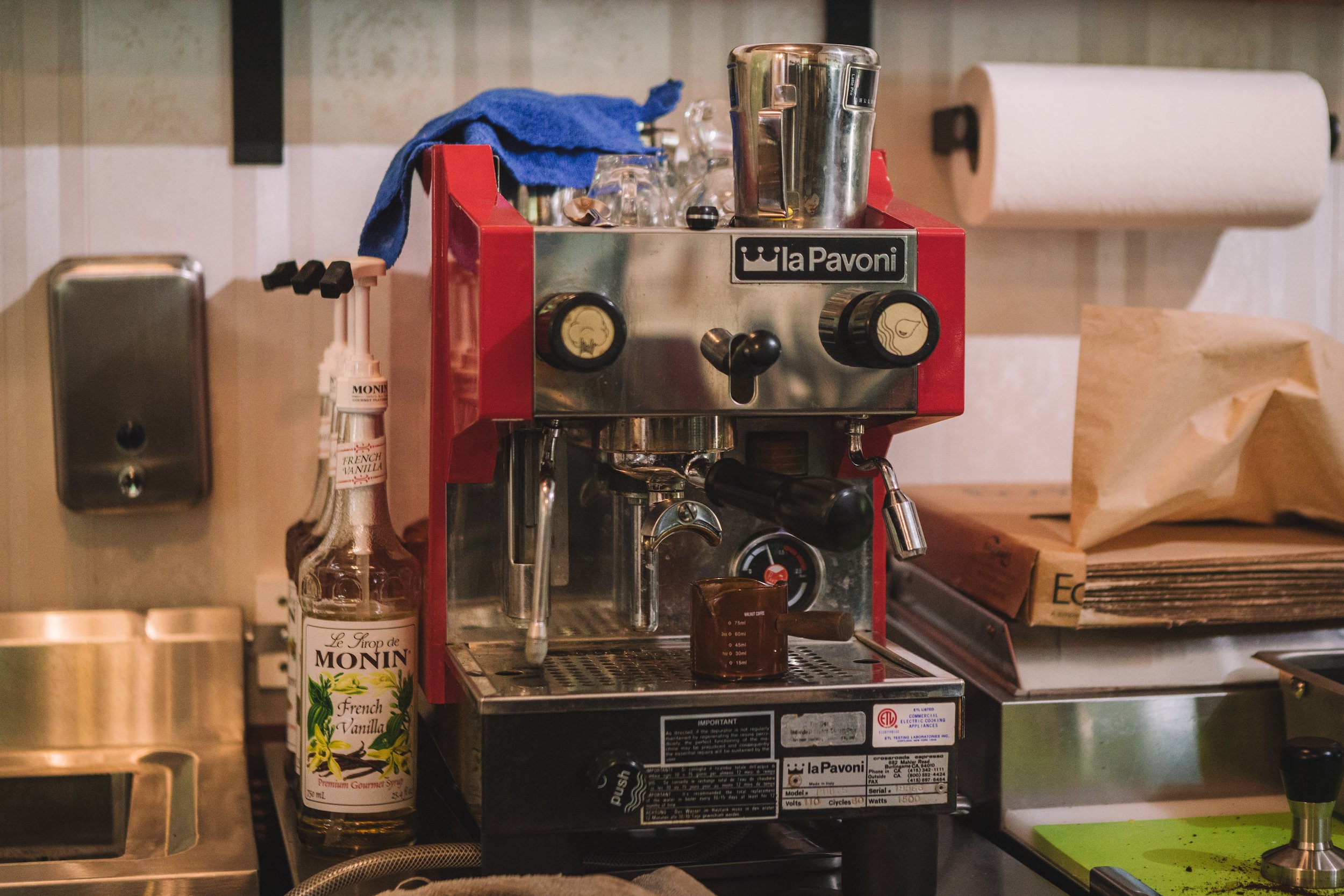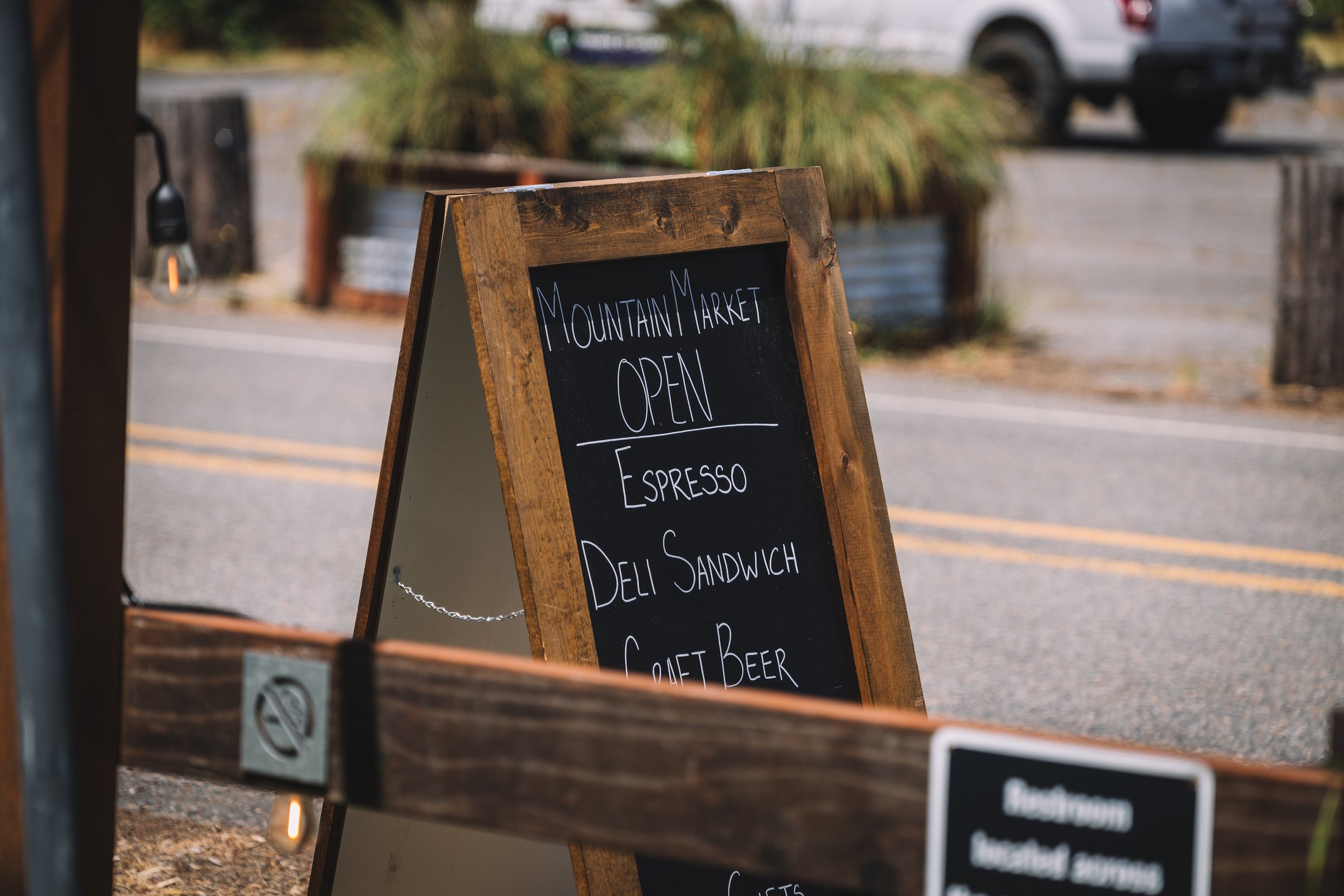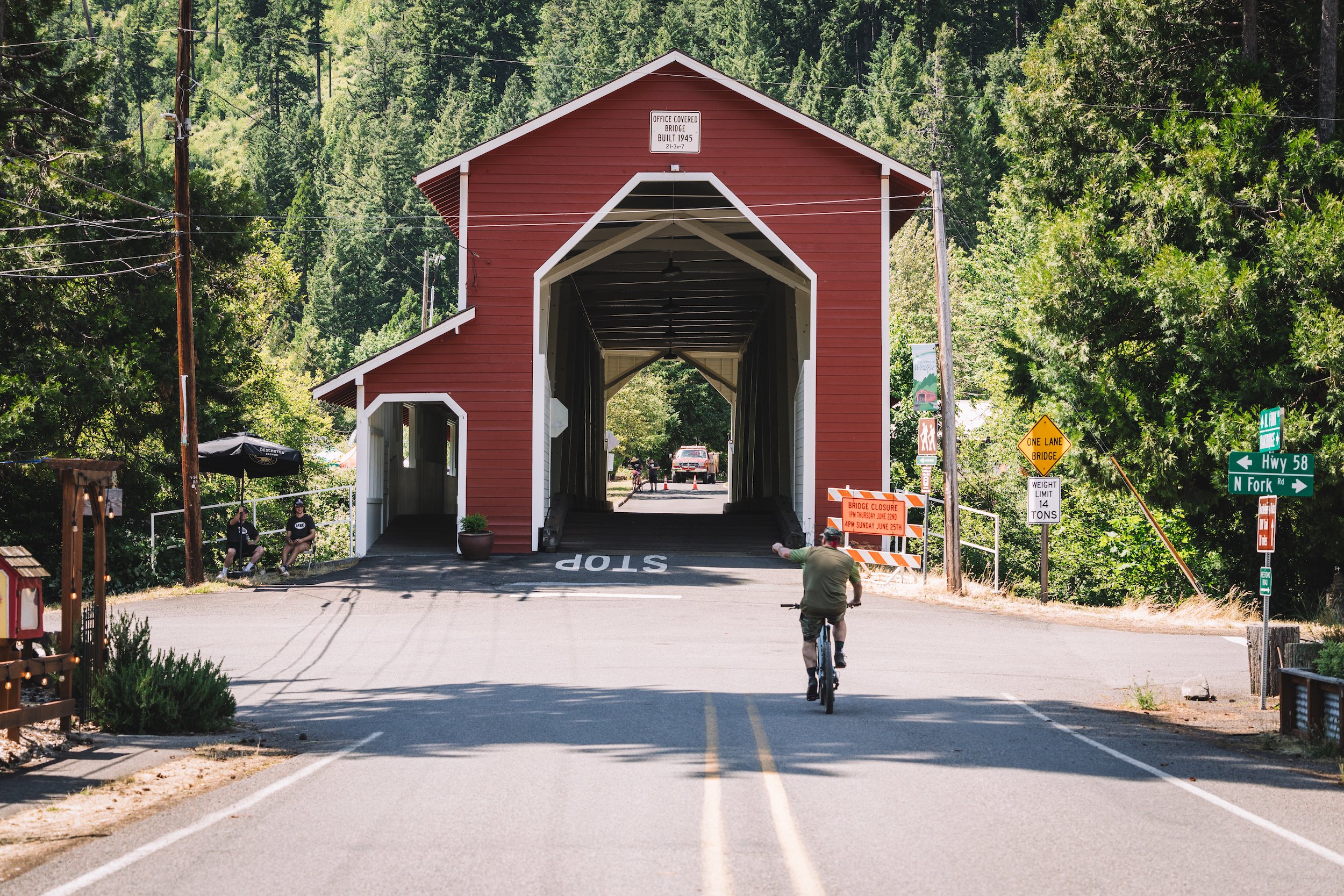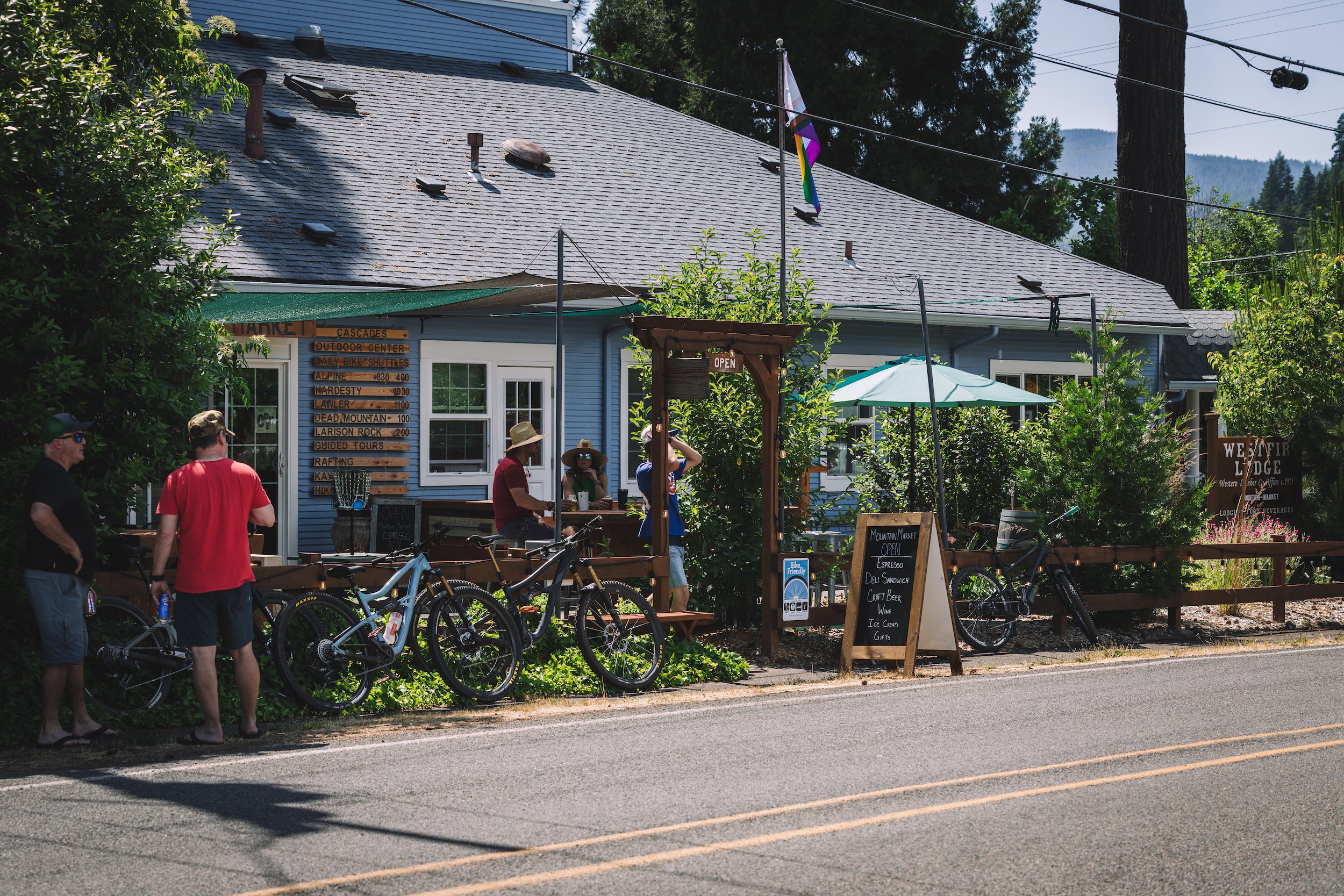Mountain Bike Oregon is a Symbol of Hope for Oakridge and Other Rural Communities
It must’ve been obvious when I walked into the store in Oakridge (Oregon) that I was not a local. After exchanging a few pleasantries with the clerk behind the counter, he asked me, “So you’re in town for the festival?” How did he know? How did he know I was visiting from Portland to attend Mountain Bike Oregon (MBO)? Do I look like a mountain biker? What does a mountain biker even look like? However, in a small town, you can easily tell who’s a local, a visitor, or someone passing through.
I grew up in a small. It was smaller than Oakridge. I know first-hand the impact of a town with a struggling economy, as 60% of my town’s workforce had to drive out of the county daily for work. That daily routine included my parents for most of my life growing up. The story of Oakridge has been told repeatedly in the mountain biking world. Logging town turned mountain bike destination. I’ve read countless articles, watched short films, and pored over academic research exploring the economic benefit of mountain biking in a community. Everything happening on the grounds at MBO and out on the trails reaffirmed this transition. However, a drive around town painted a different picture.
I went back and forth about how I wanted to cover the event the whole time at MBO last weekend. Sure, there was a part where I simply wanted to keep hyping this amazing event because it truly is special—the community, the fun, the new friendships, and the memories. Oh yeah, and the poison oak I brought home was another reminder of time spent on the trails. Don’t worry; I will talk about all of that. Yet at the same time, I have been following the storyline of communities dependent on resource extraction dotted all over the West, pushing their chips into the center of the table for new trails and adventure tourism. The question everyone wants to know is, is it working?
Obviously, the answer to that question is layered, as not all communities are equal. You have the Aspens, Whistlers, and Jacksons out there with soul-crushing housing costs where people have 2nd, 3rd, and 4th homes, but not so much in Okaridge. It’s not a Moab or a Sedona in terms of wide appeal. A drive through Sedona today reveals a landscape filled with expensive homes with expansive views and ever-increasing car traffic. The few times I drove through Oakridge’s little downtown, I rarely saw anyone out and about. Most of the homes I saw reminded me of the types of homes in my town growing up. But the good news is, the story of Oakrdige is not done being written.
As I chatted with the clerk, I was curious about what he thought of events like MBO and mountain bikers descending on Okaridge. “I love it!” He excitedly shared. “It’s great to meet new people,” he added. While Oakridge hasn’t hit the rarified status of a Crested Butte or Hood River, it continues slowly moving the flywheel of change.
Between rides, eating, and taking photos, I tried to talk to any locals I could find. The burning question within me was, “How have (or are) trails impacting Oakridge?” (For conversation’s sake, there are actually two communities … Oakridge and Westifr. MBO technically takes place in Westfir.) These are the kinds of questions being asked all over. That’s the hope that trail advocates are lobbying for. Put in trails, and people will flock to your community, bringing their discretionary income with them. That rang true during MBO. I saw vans and SUVs with bike racks at local eateries and motels. Whenever I visit places like Oakridge to ride, I have my own policy called, “Always stop for a burrito.” Meaning spending money in town.
I’m sure most who come to MBO have good times on their mind. And why not? It was an absolute blast! The riding there is truly a gem. Getting shuttled each day atop a mountain with buses full of mountain bikers couldn’t get any better … along with celebratory whisky shots in little plastic cups afterward on the way back. While there are an array of typical vendors … bike brands, bike-specific clothing brands, etc., there were also other local vendors. That ranged from food carts to MBO contracting with the local school district to use their buses. I know MBO does make a positive economic impact each year. Also, trails continue to make an increasing economic impact as well, even though I don’t have numbers in front of me.
I chatted with a local business owner and shuttle operator who commented that mountain biking has blown up even more within the past five years. Oakridge is now home to multiple mountain bike tour and shuttle companies. The bike infrastructure is slowly coming together. But with anything, it’s a long-term process. Since Oakridge doesn’t have magical red rocks and vortexes like Sedona or pristine views like Jackson, it’ll take longer for development.
I firmly believe in the positive impact of events like MBO for places like Oakridge. My thoughts always then move toward the next destination. Who’s next? Where’s the next hidden gem that at this time looks depressed because, economically, it truly is? What can we learn from events like MBO and places like Oakridge that are slowly moving toward becoming bona fide mountain biking destinations? By the number of out-of-state attendees at MBO, it continues to gain traction.
The conversation wouldn’t be complete without mentioning the trails themselves. There would be no MBO without trails. Without the countless people who’ve amassed thousands of hours of building, maintaining, and advocating for trails in that region, there would be no trails—a tip of the hat. MBO is also a celebration of you and what you’ve made. Thank you.
Words: Sean Benesh Photos: Sean Benesh
ABOUT THE AUTHOR
Sean Benesh
Sean is the Founder and Editor-in-Chief of Trail Builder Mag. He is also the Communications Director for the Northwest Trail Alliance in Portland, Oregon. While in grad school, he worked as a mountain biking guide in Southern Arizona. Sean also spends time in the classroom as a digital media instructor at Warner Pacific University.



